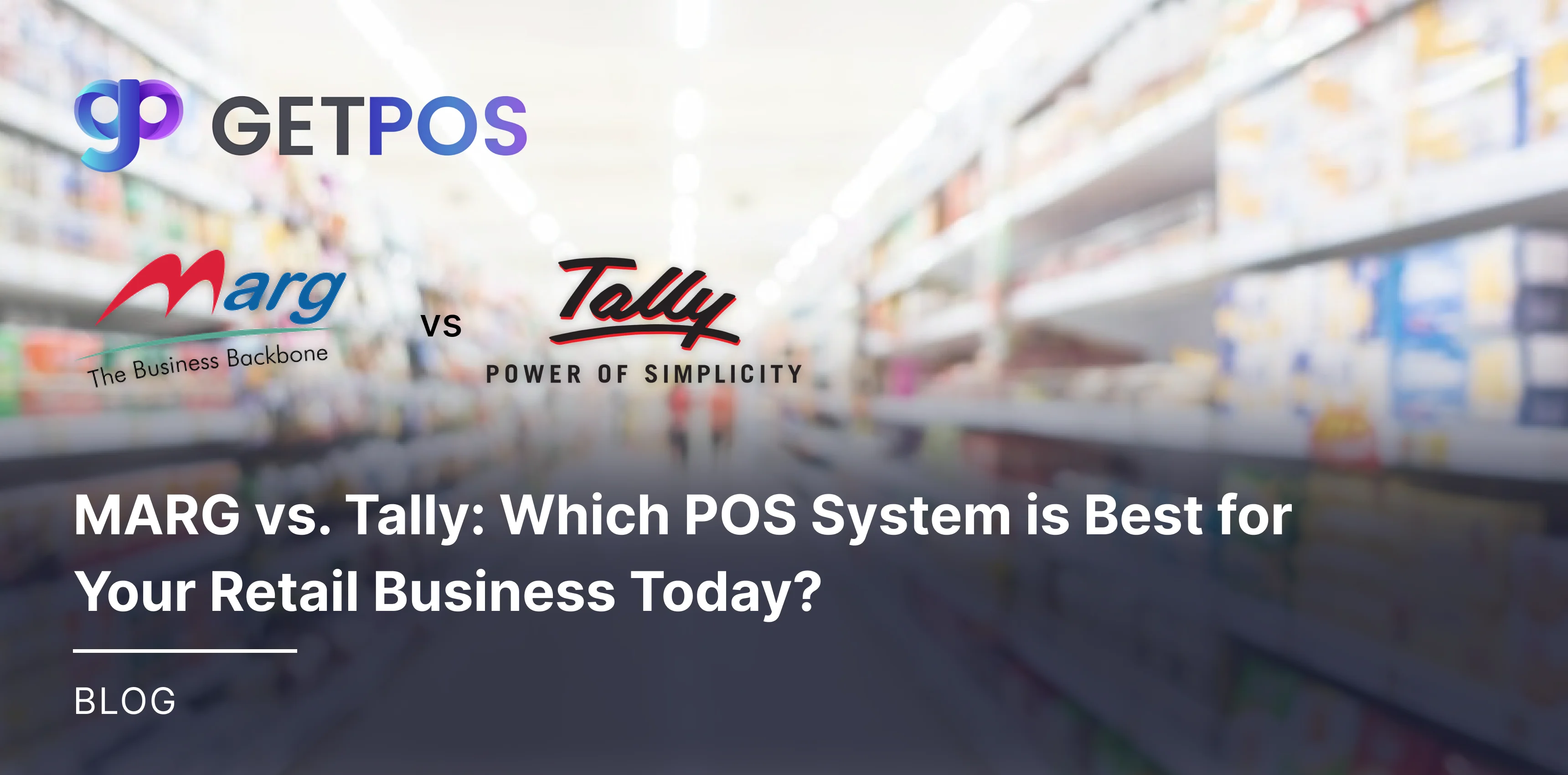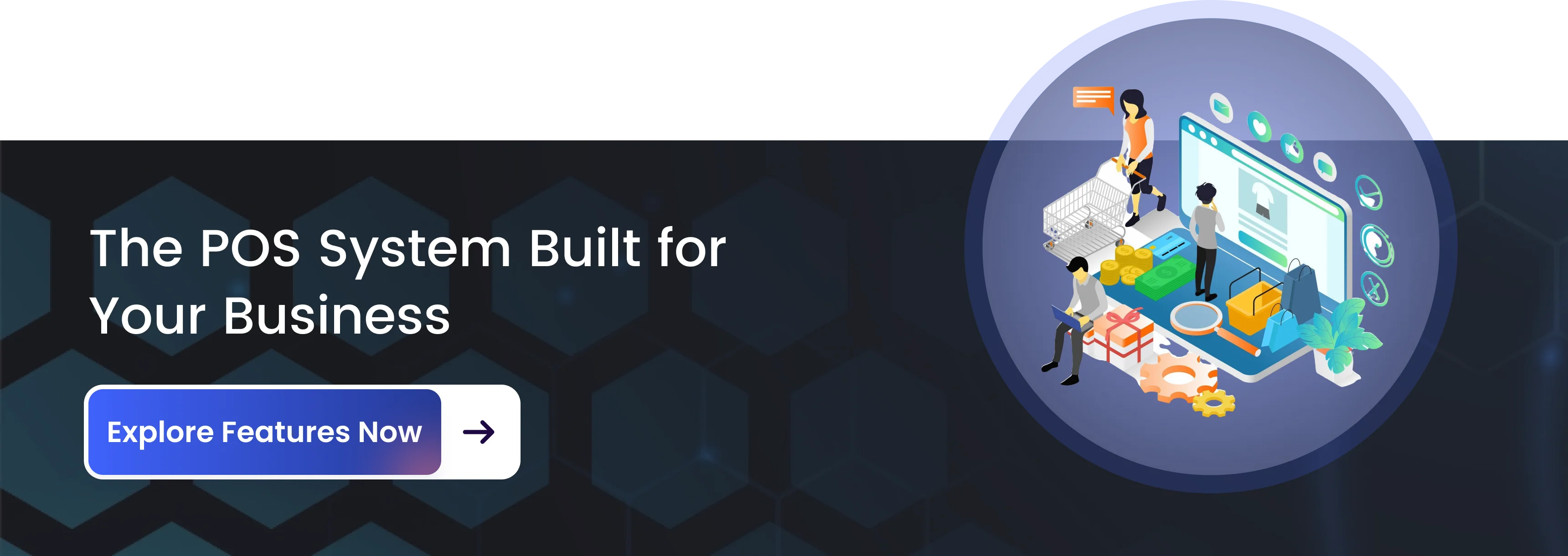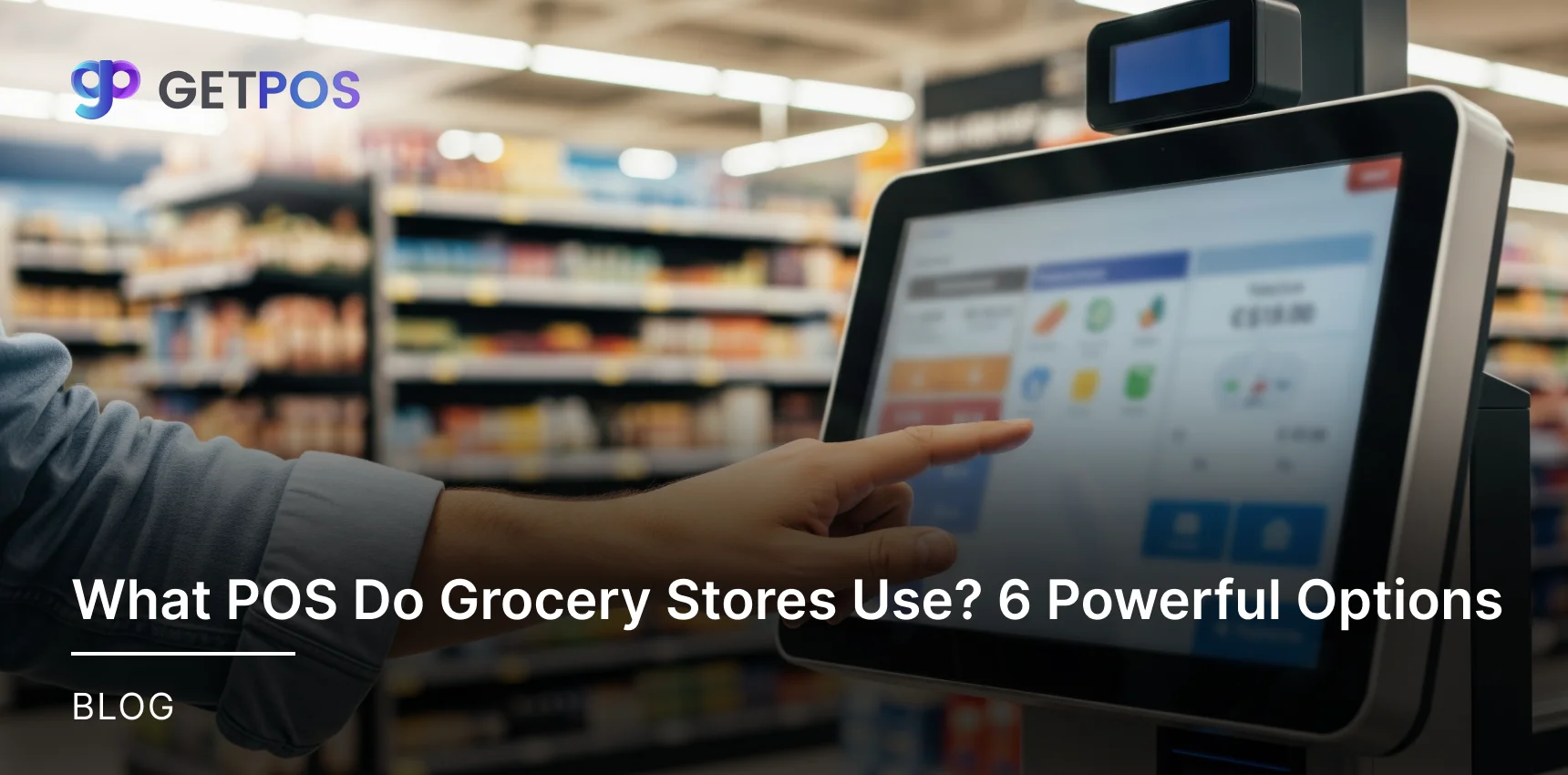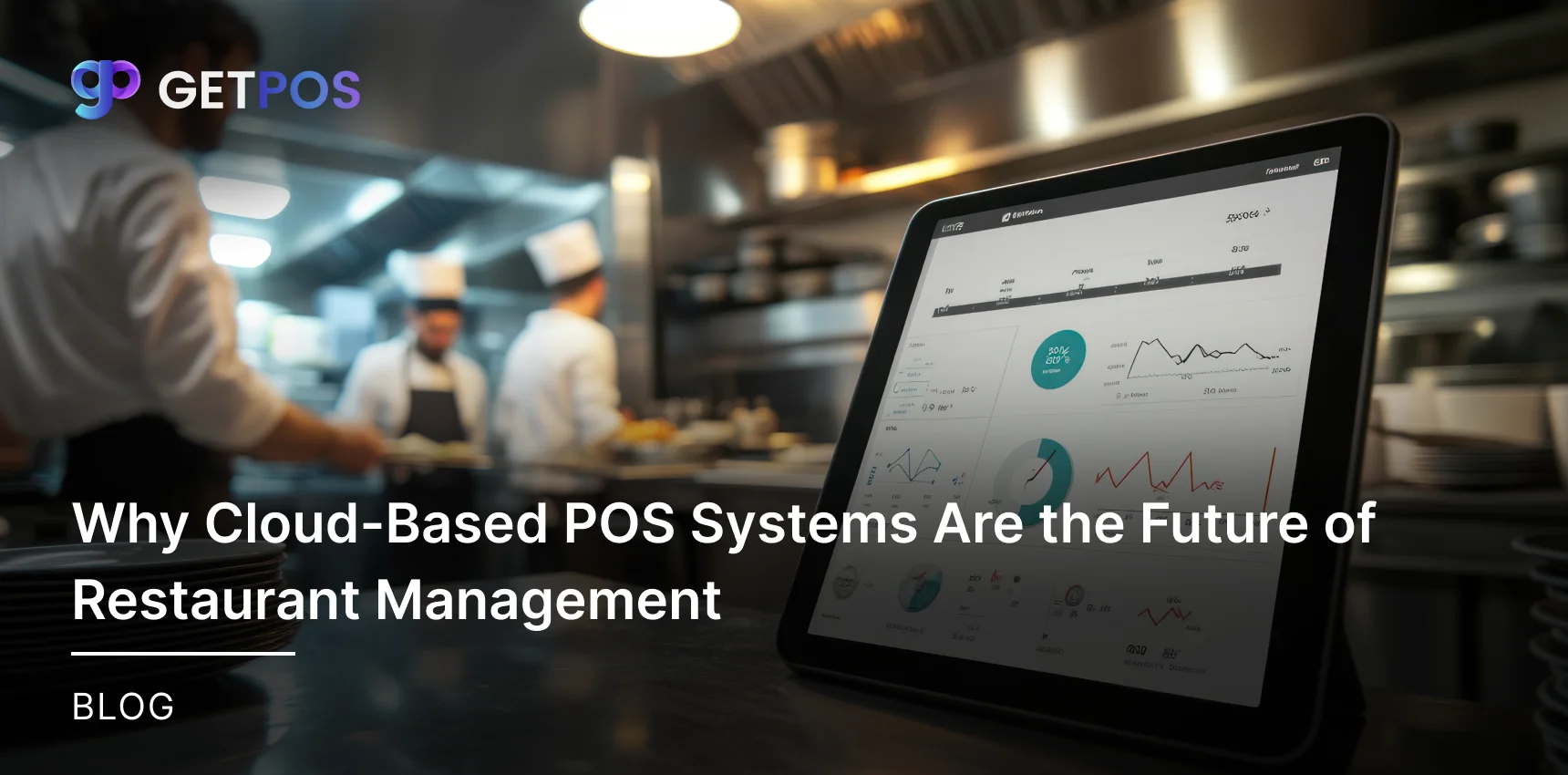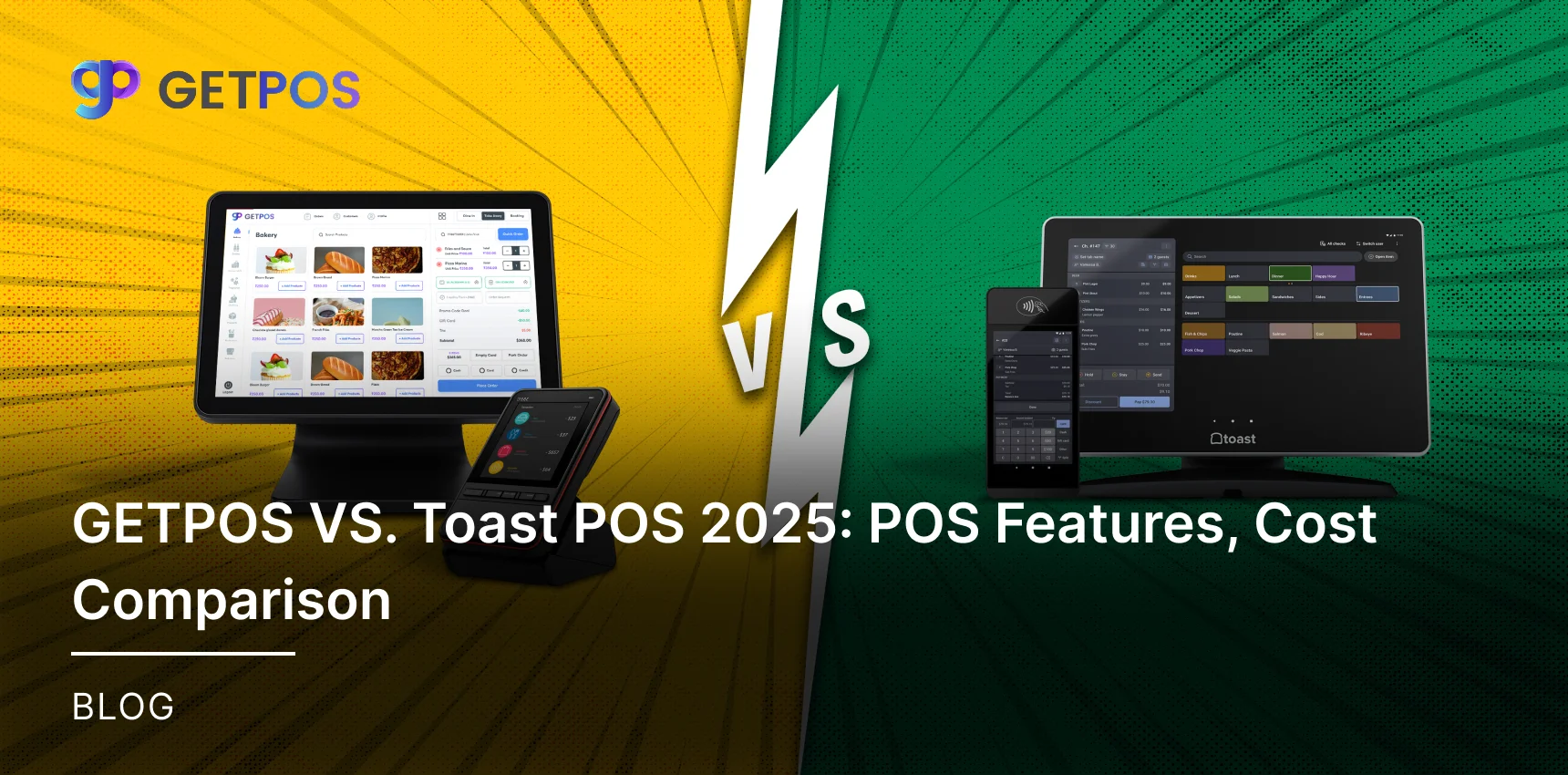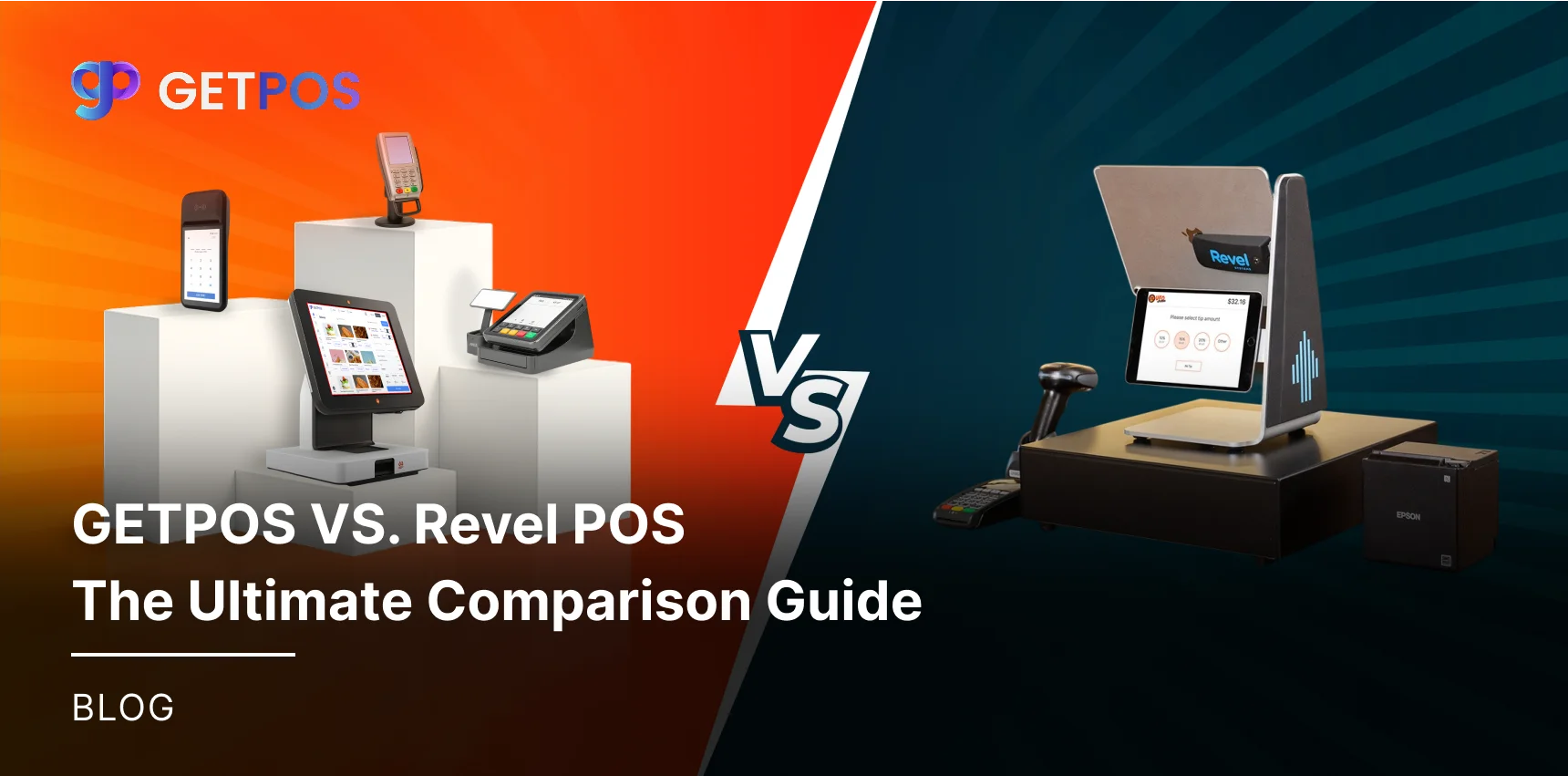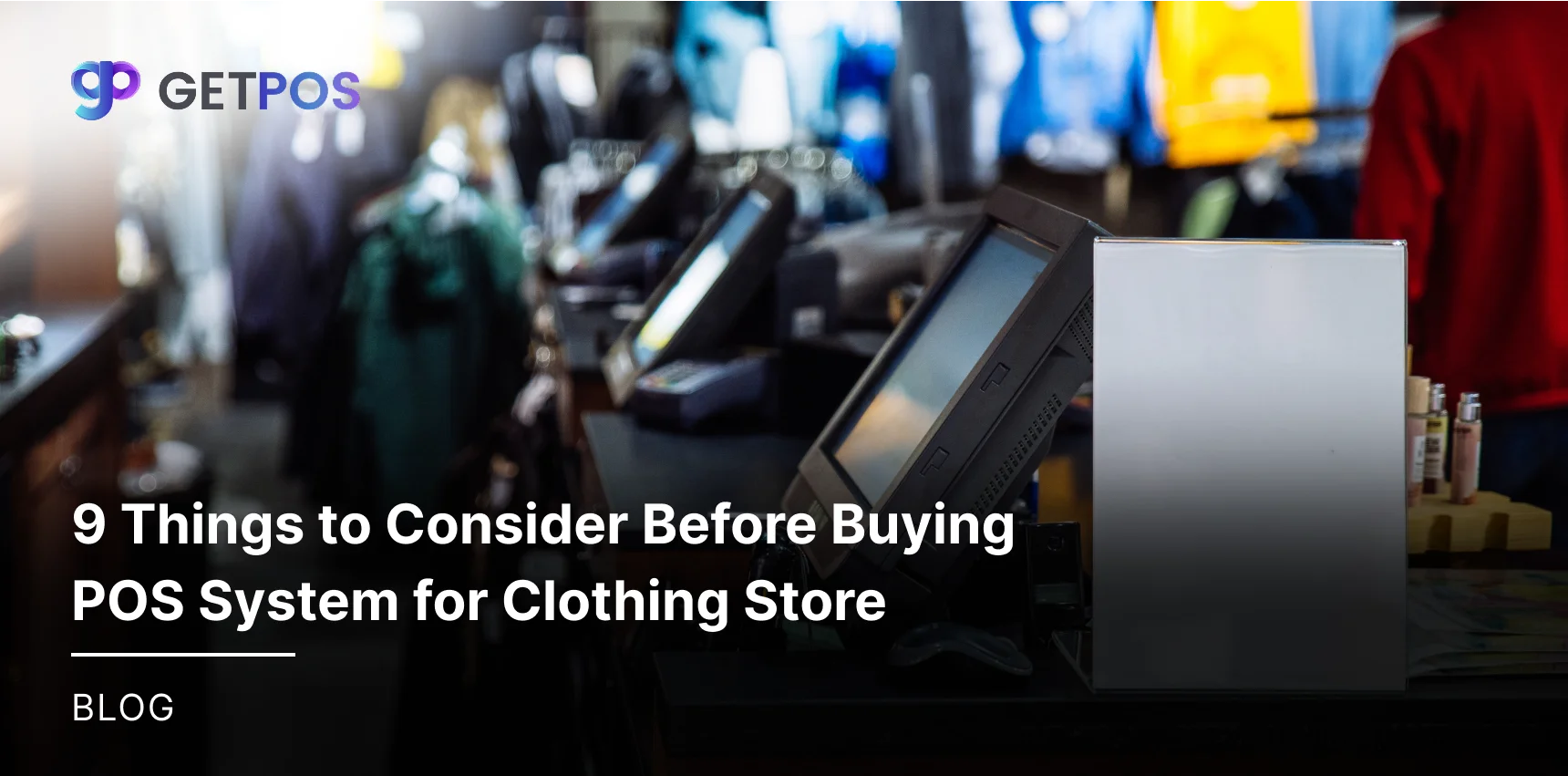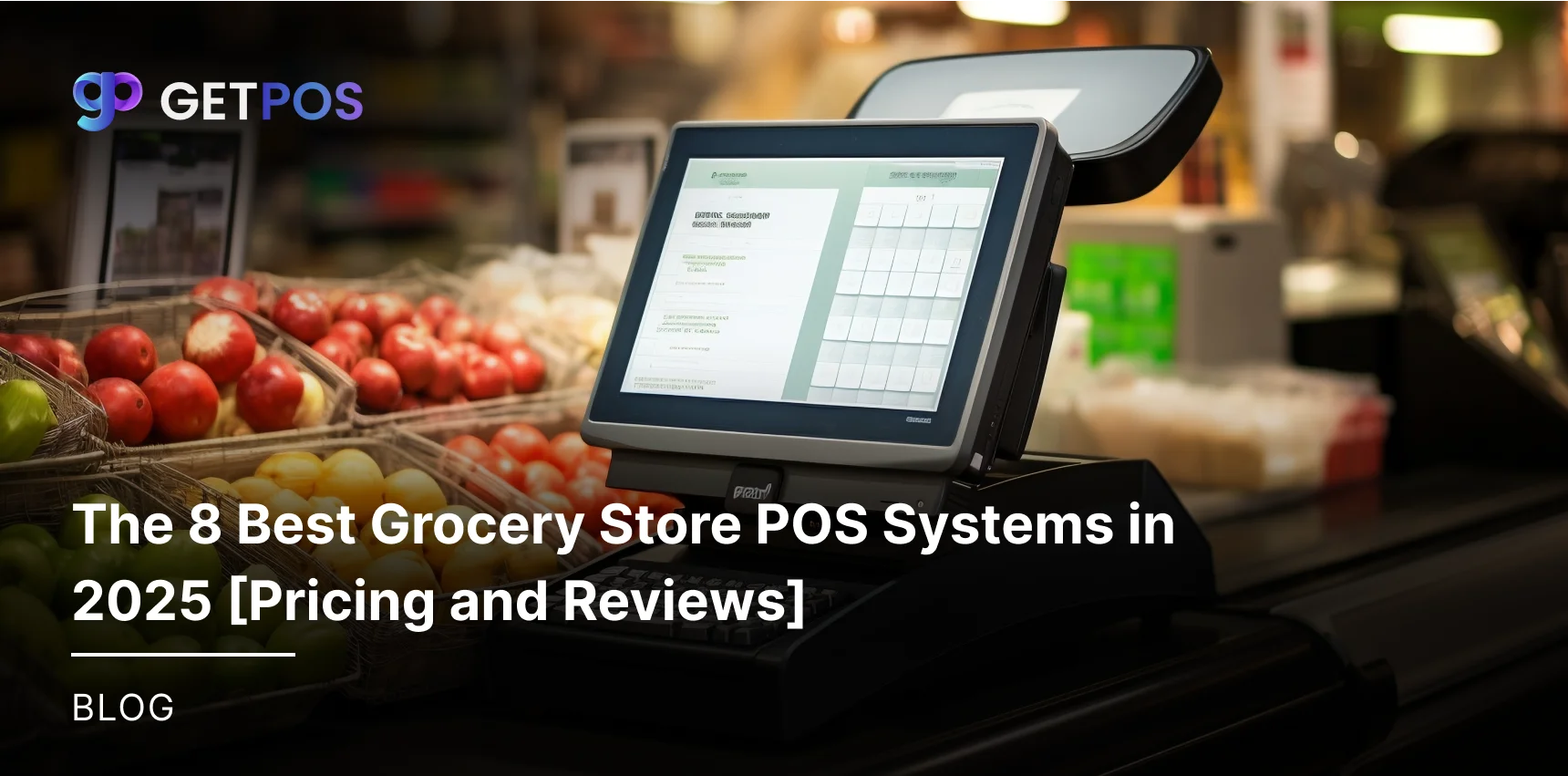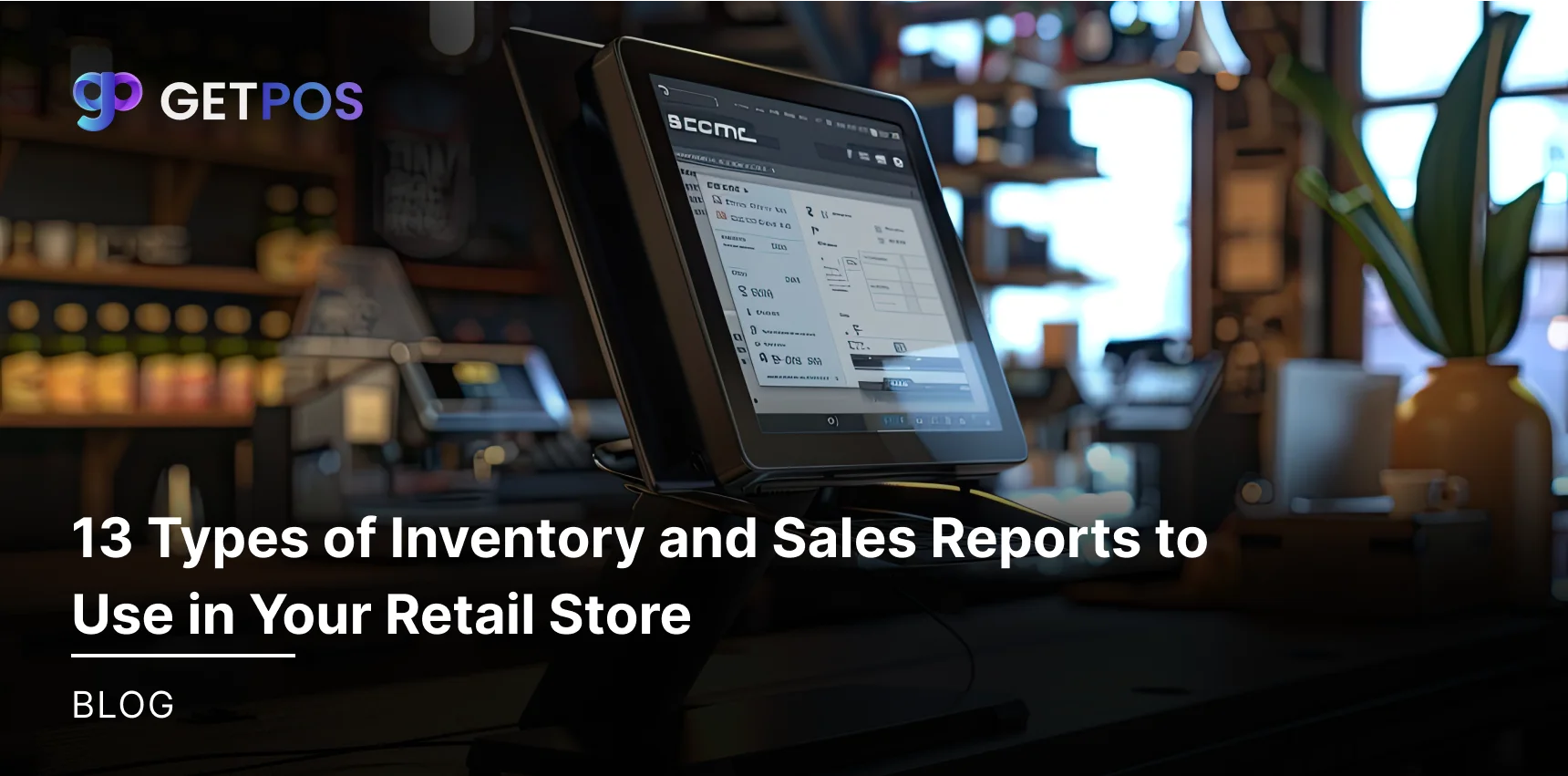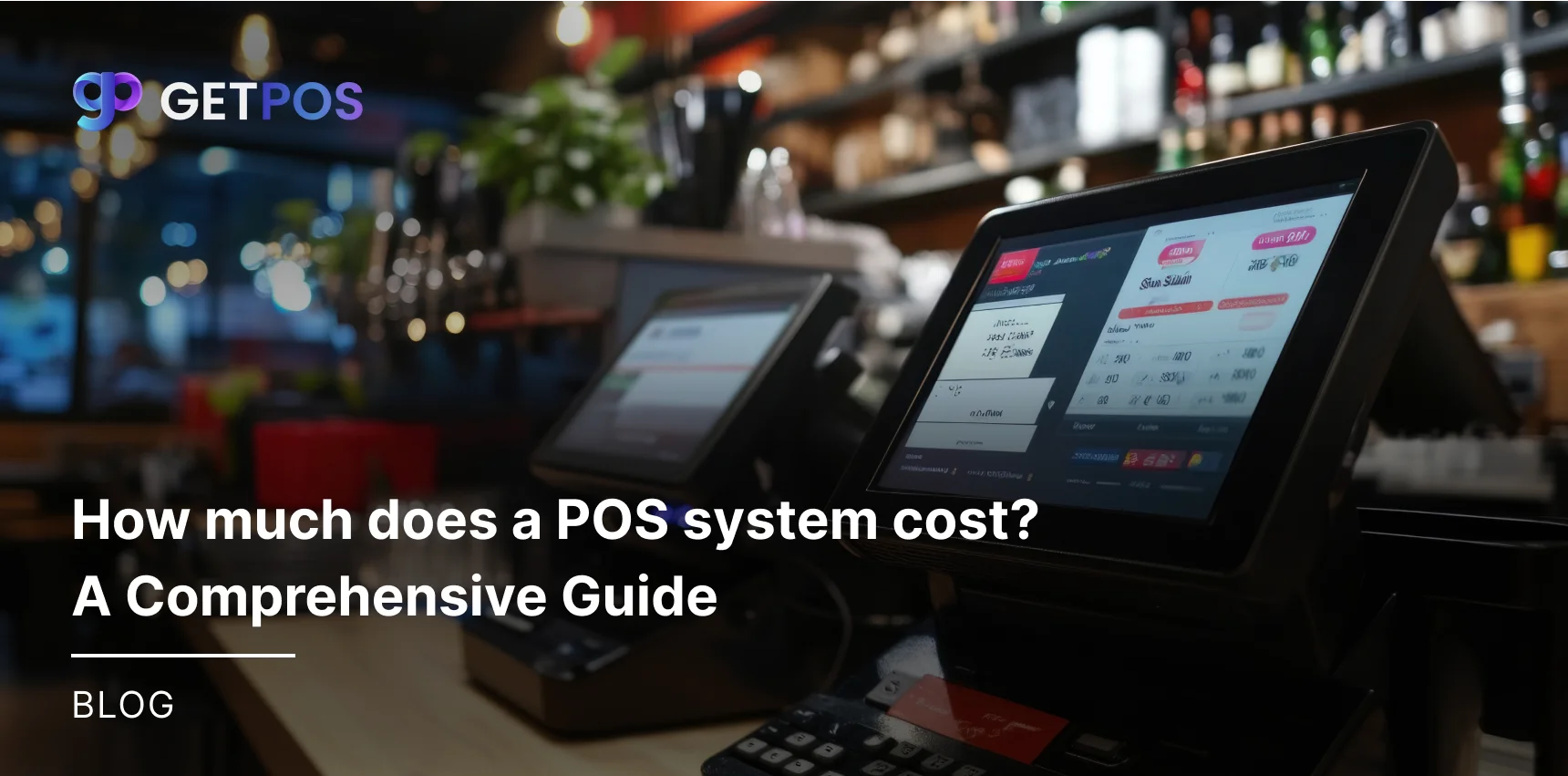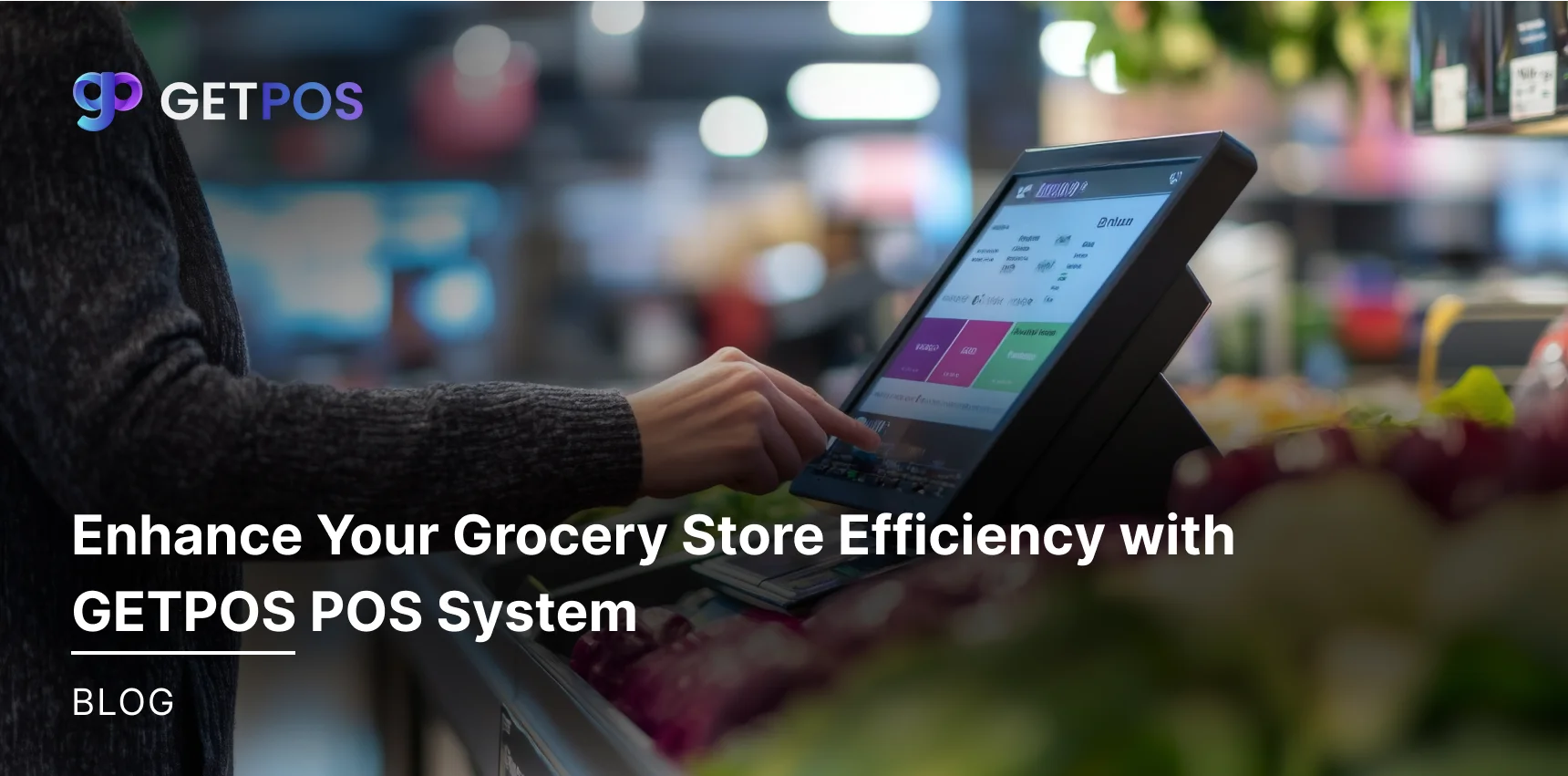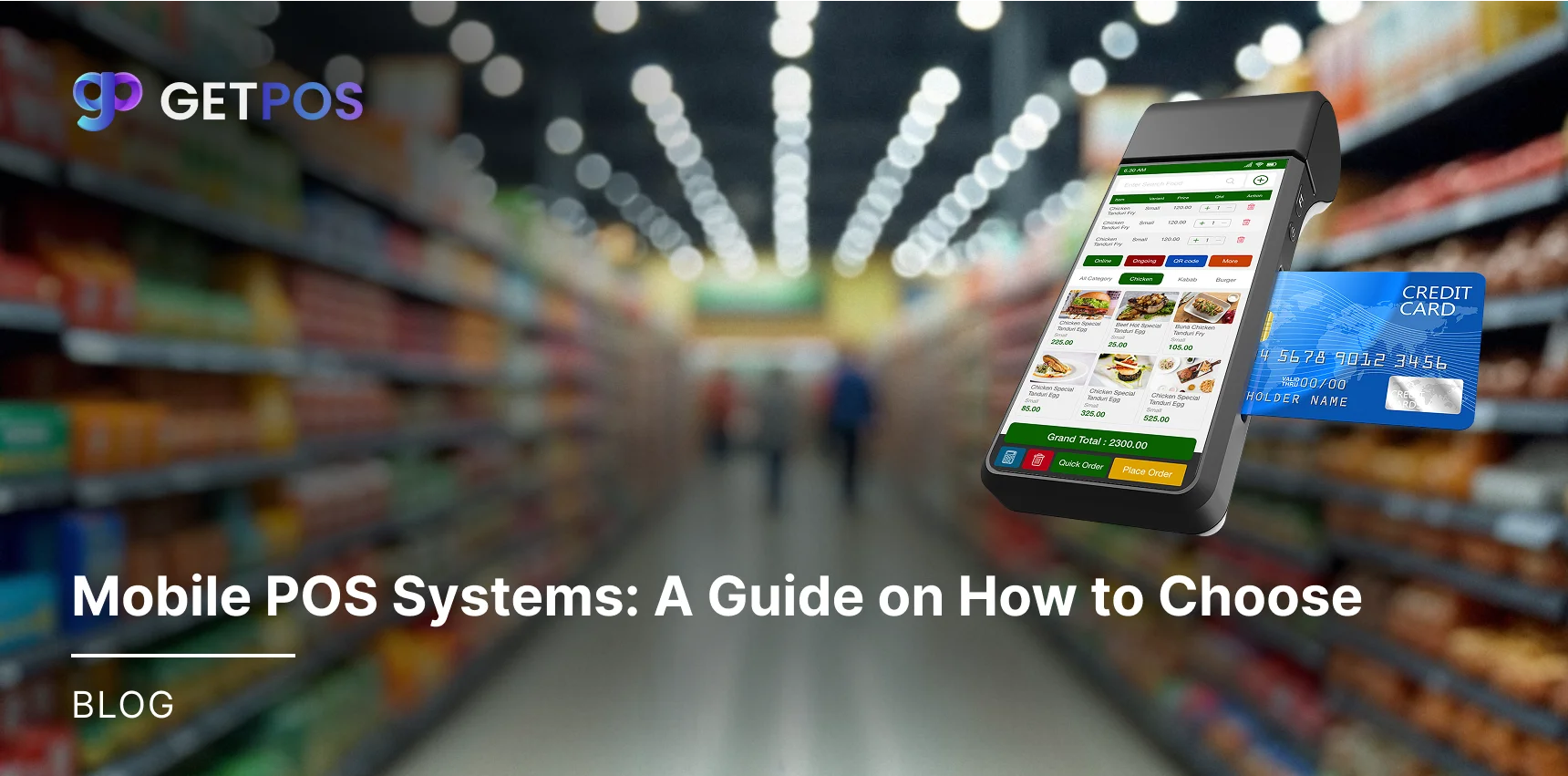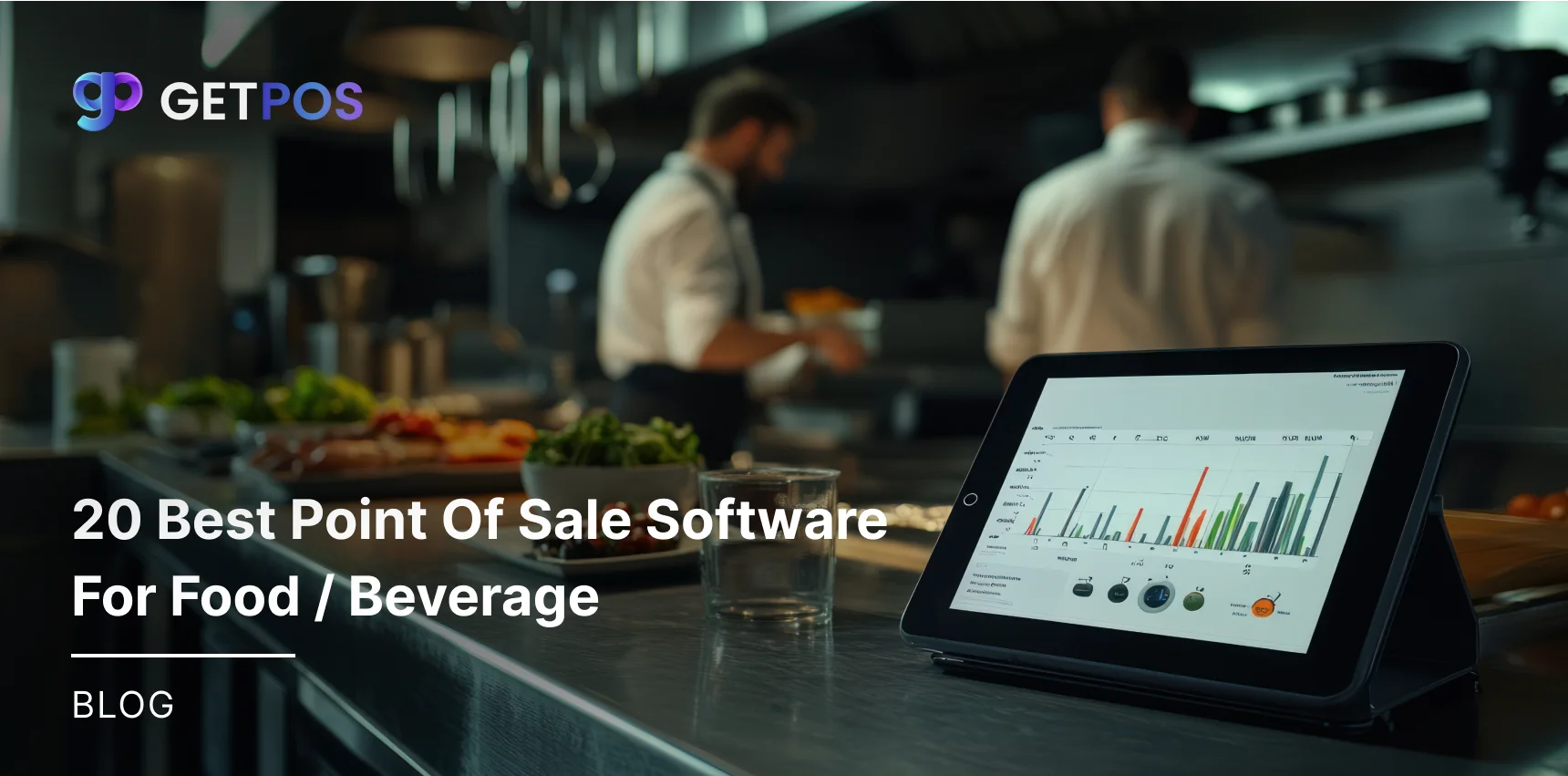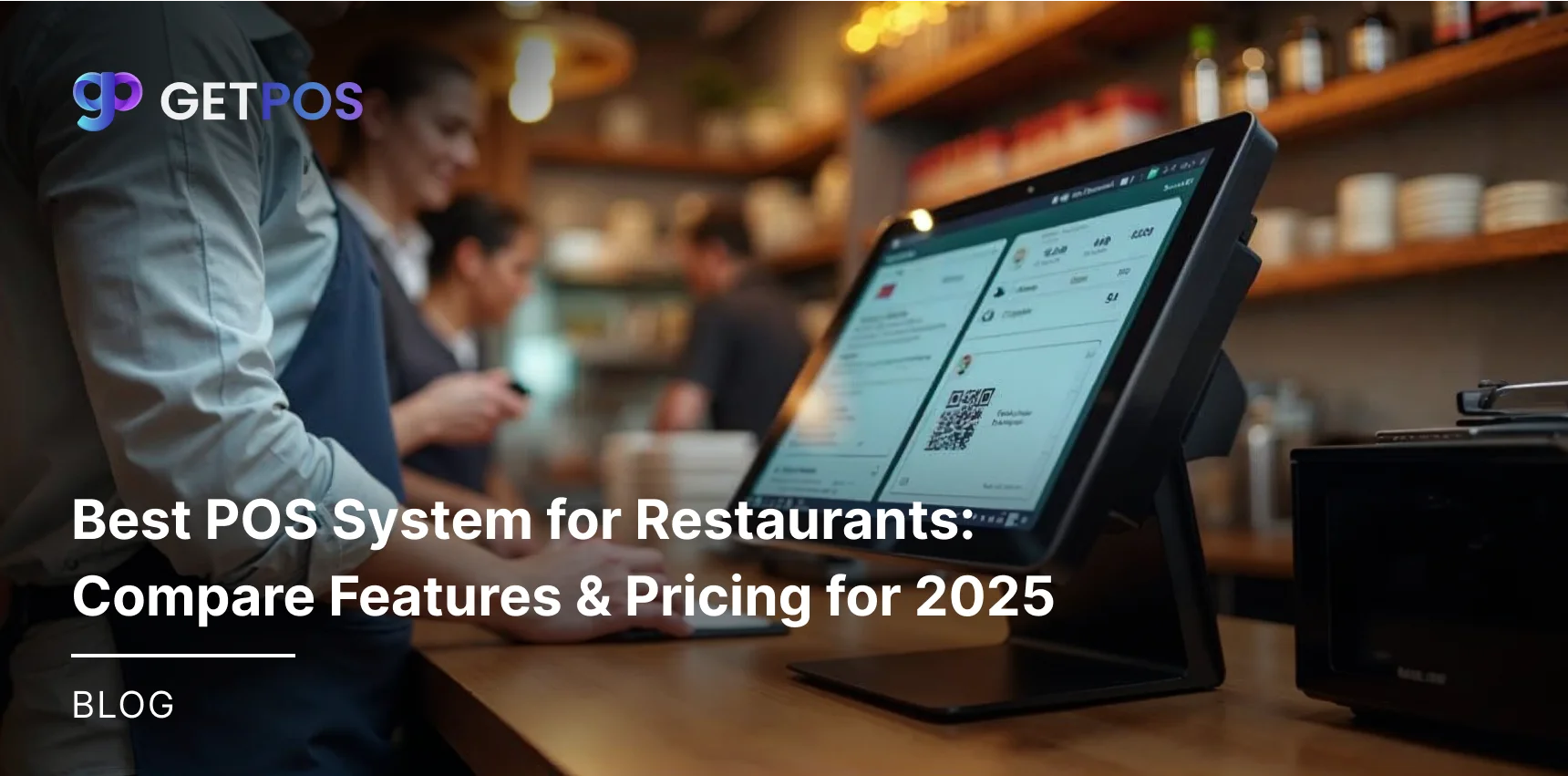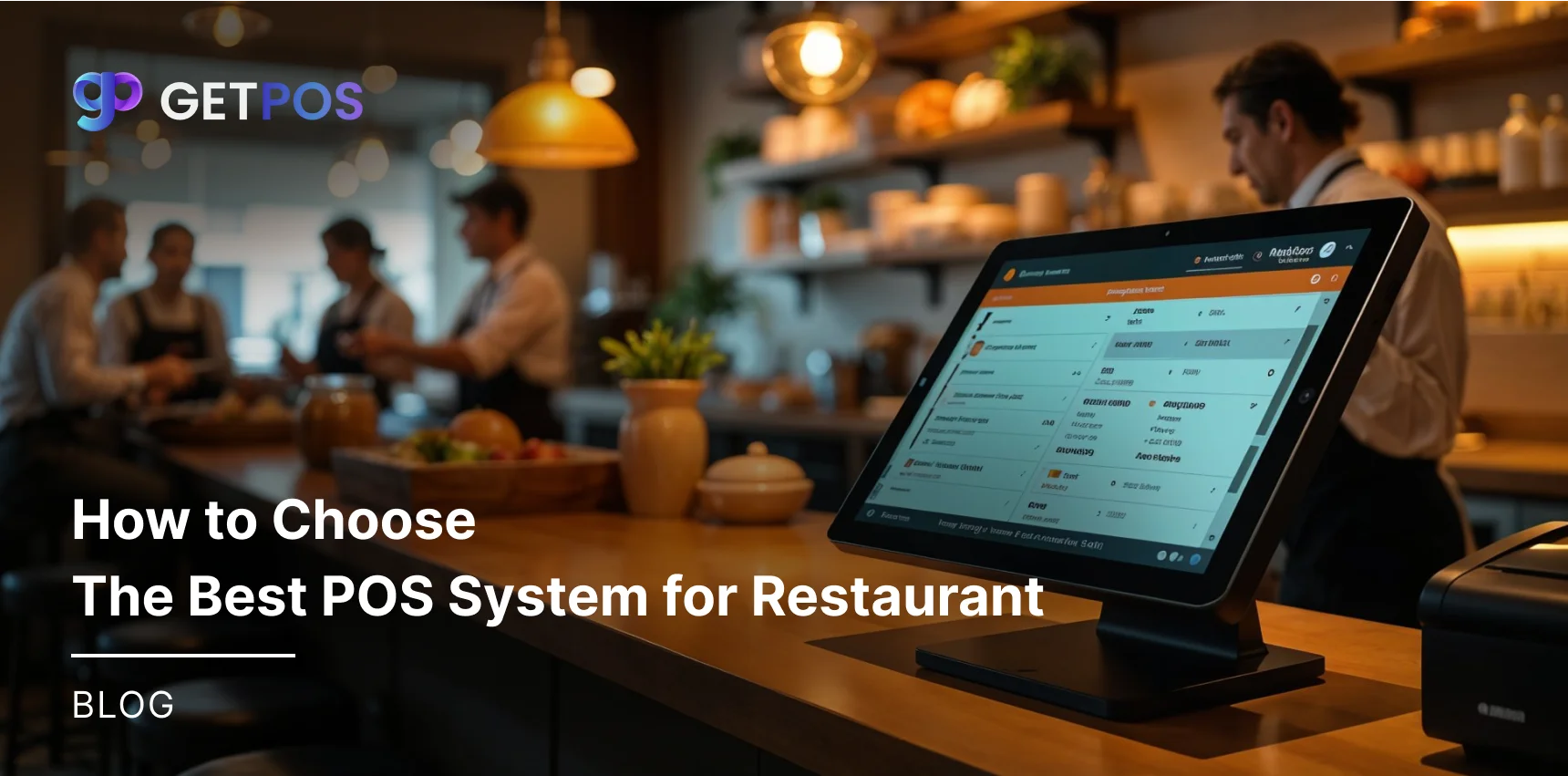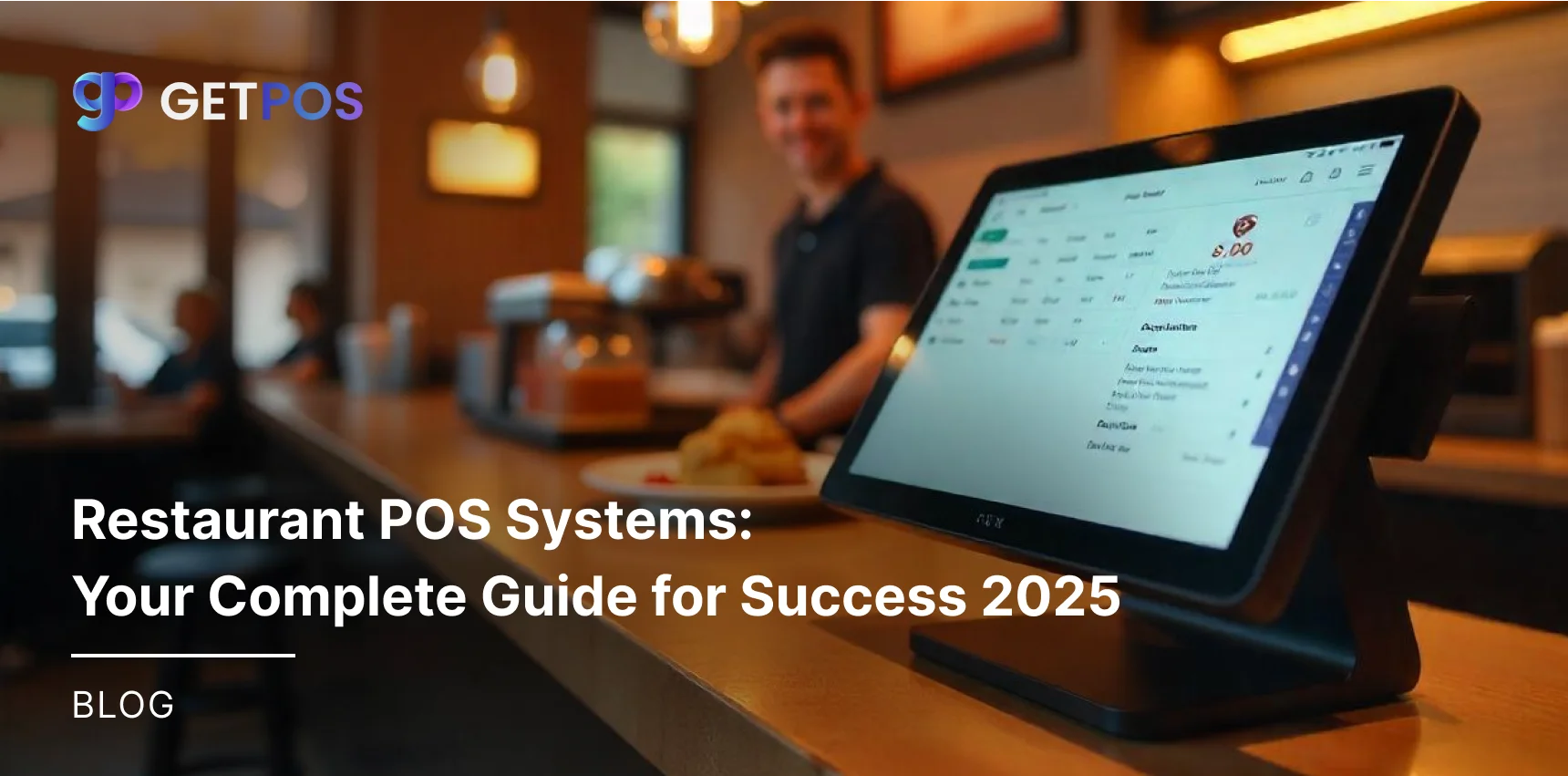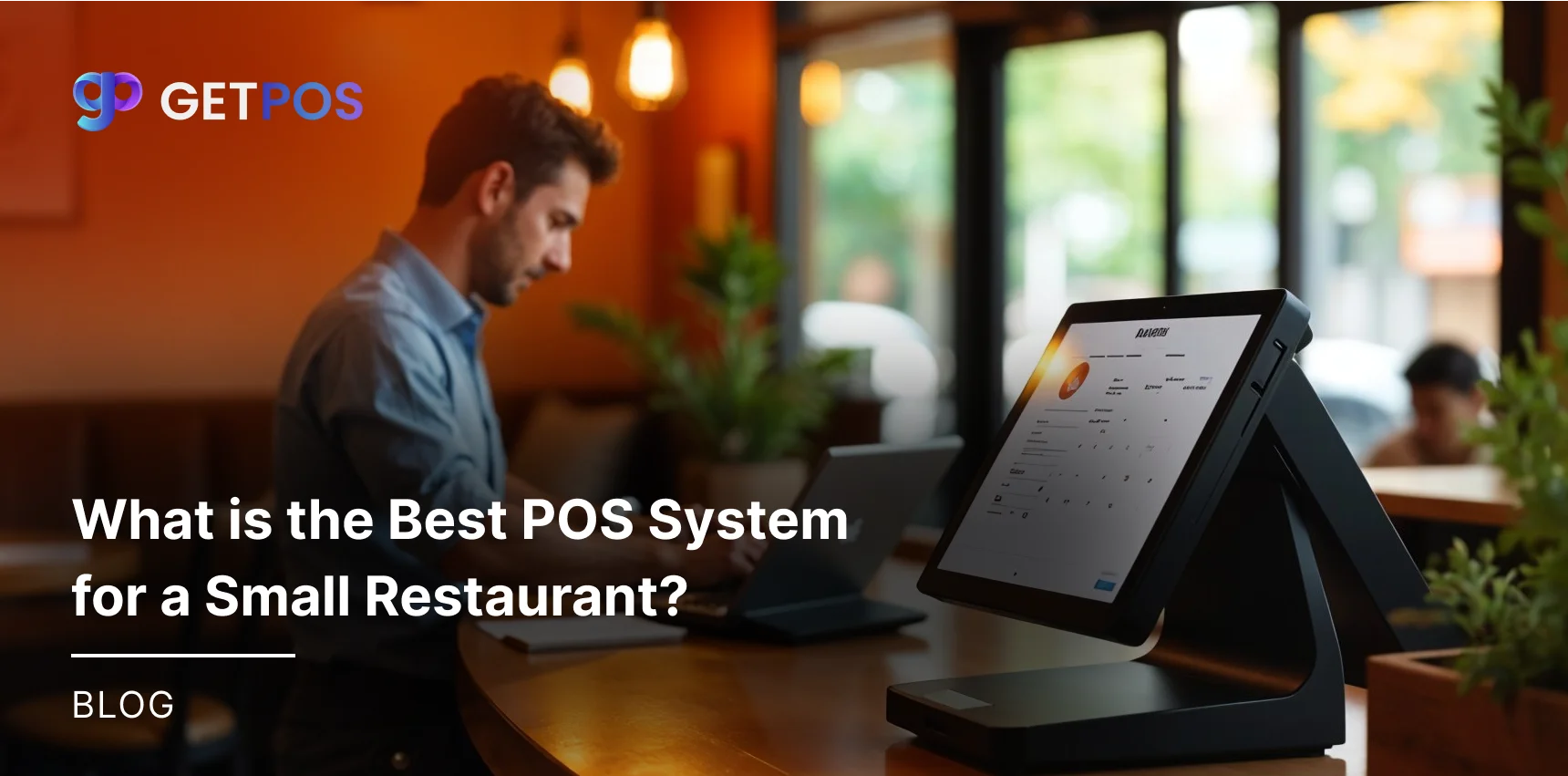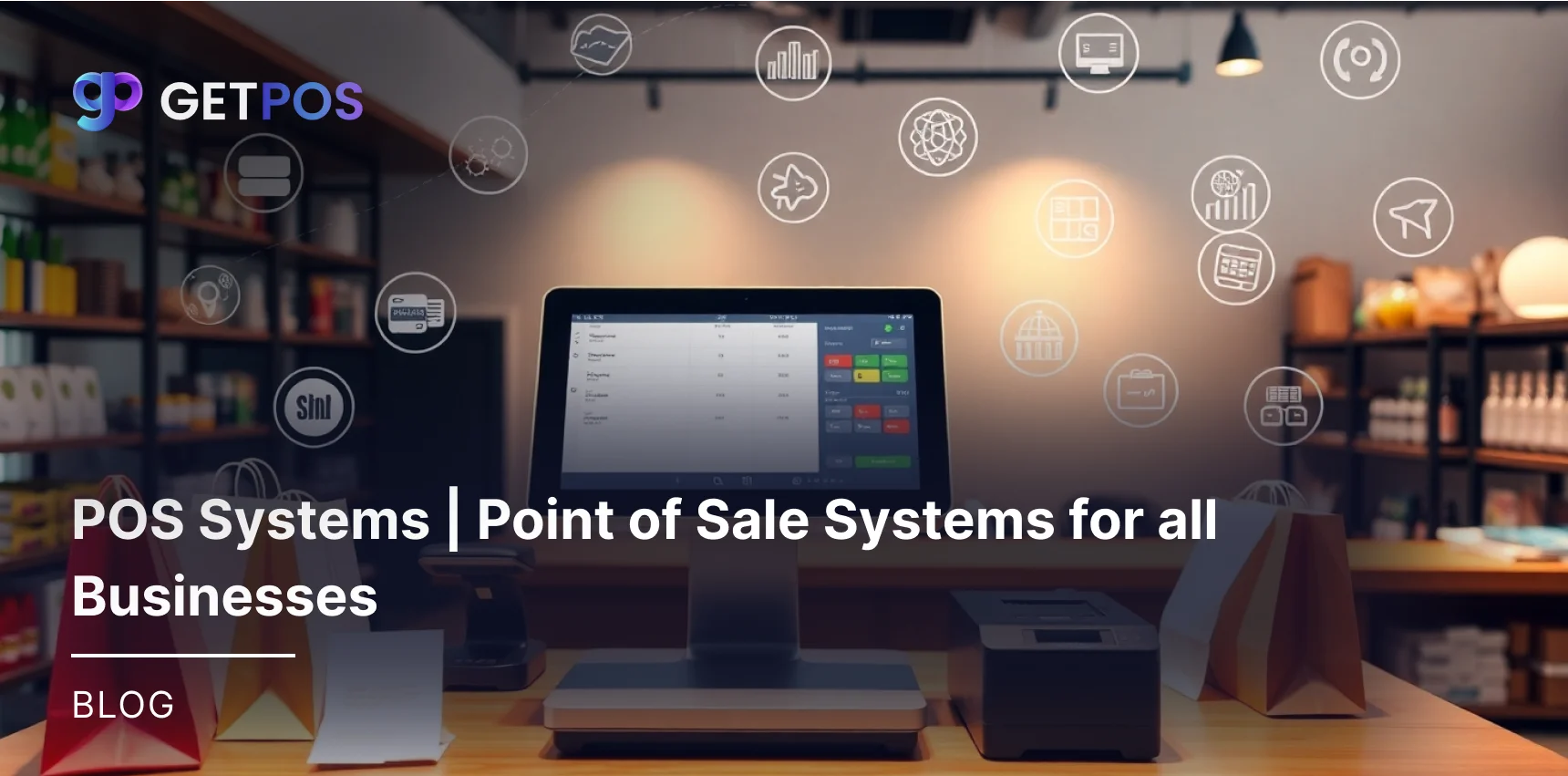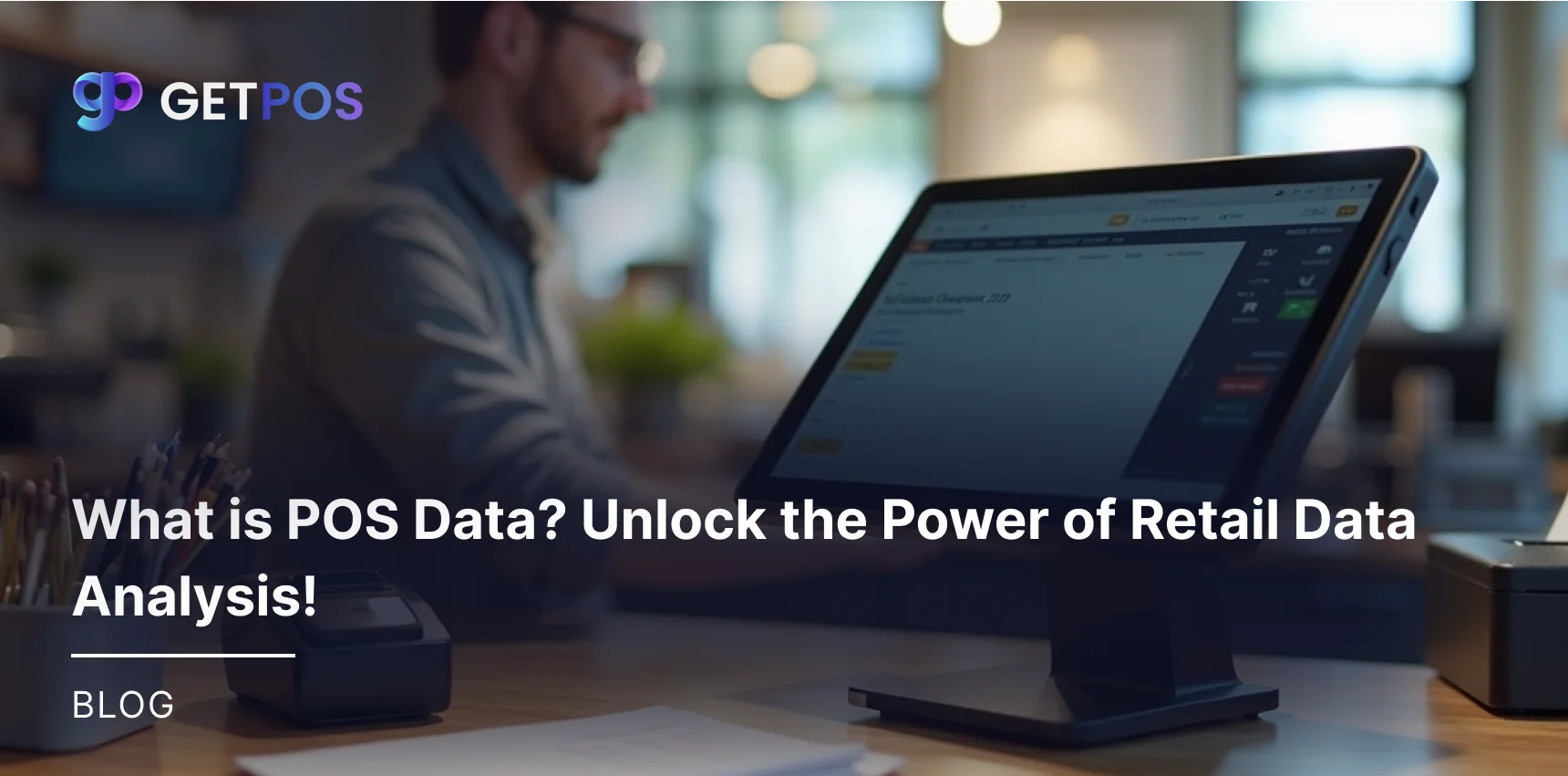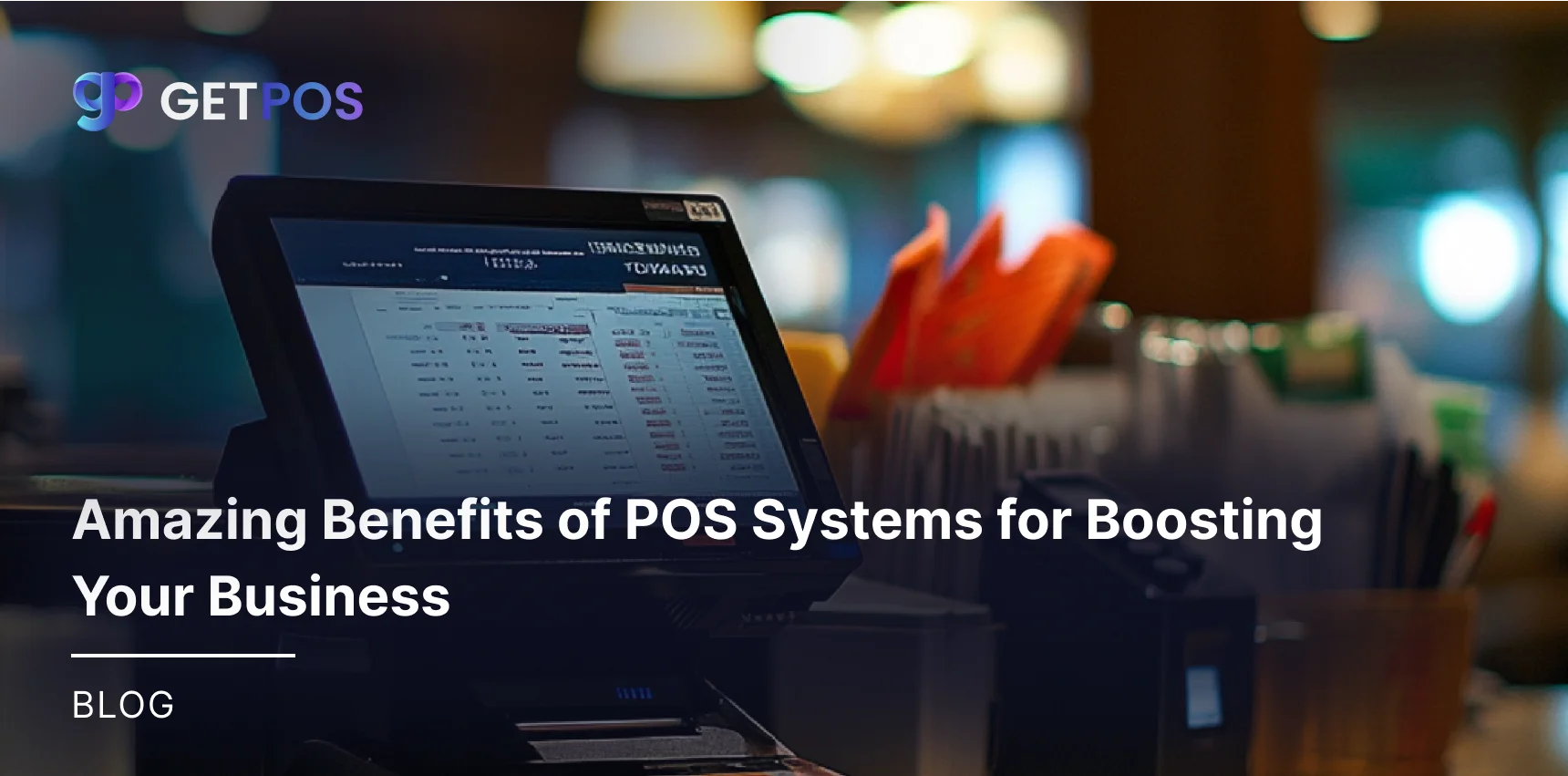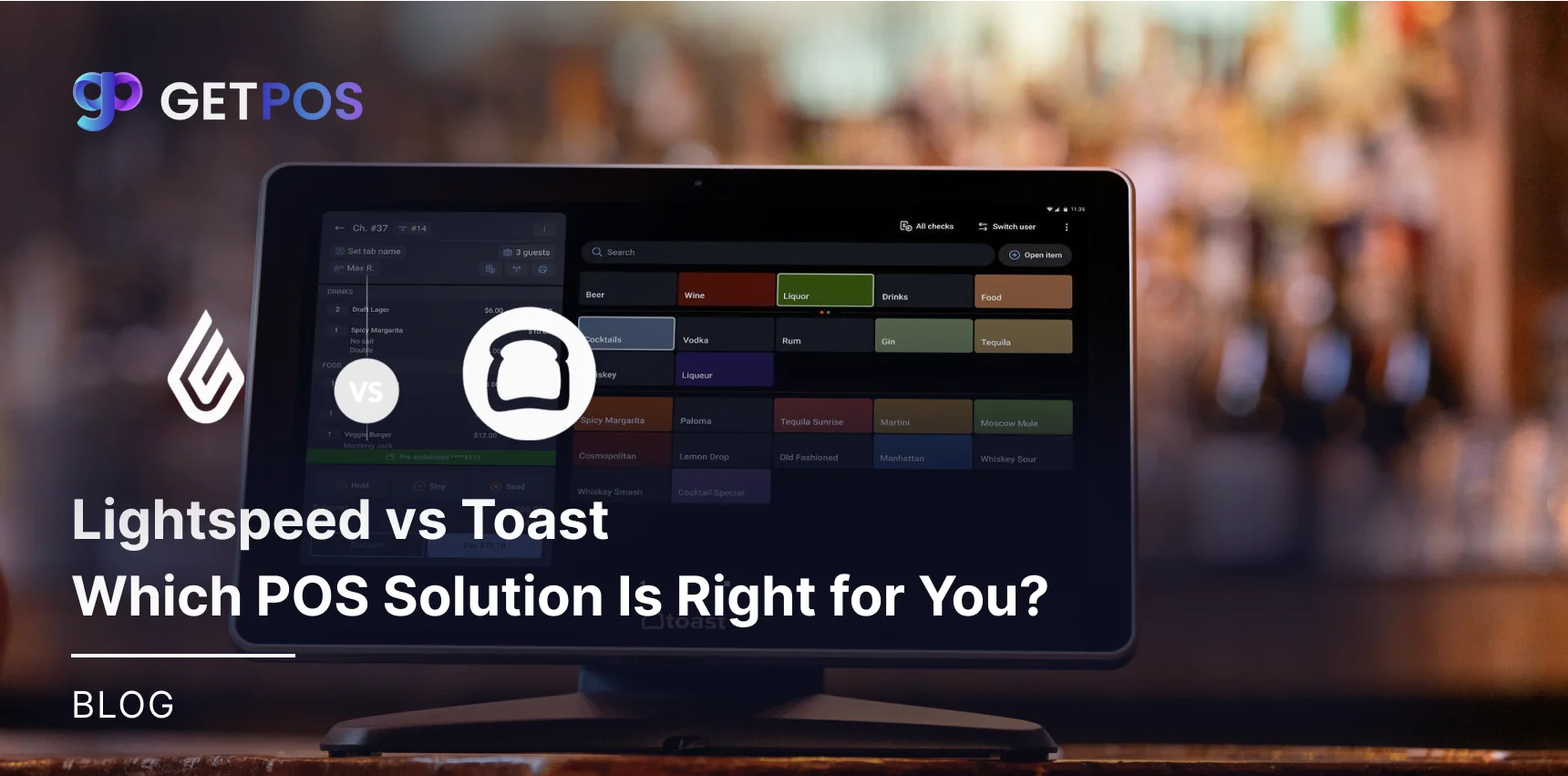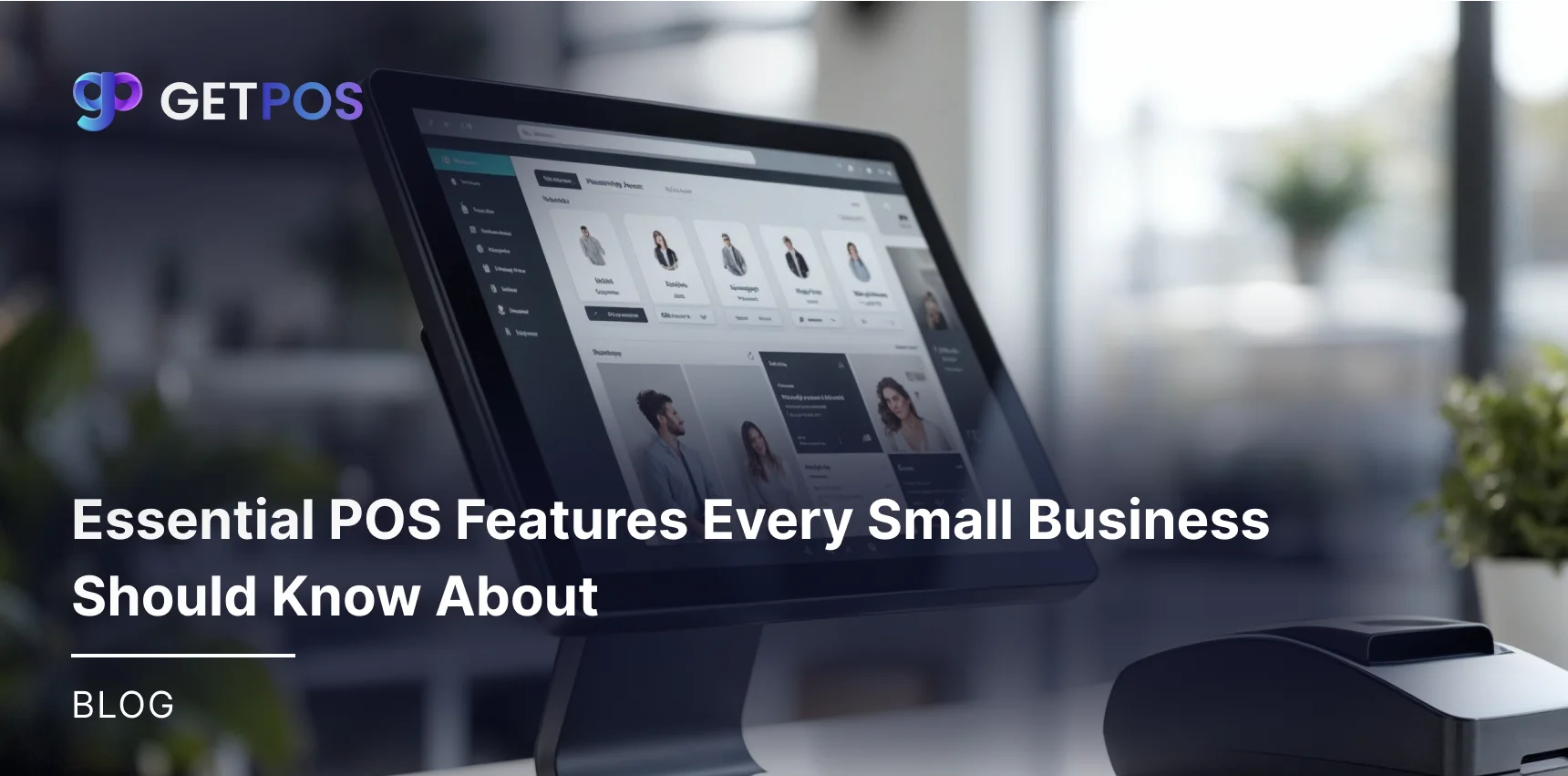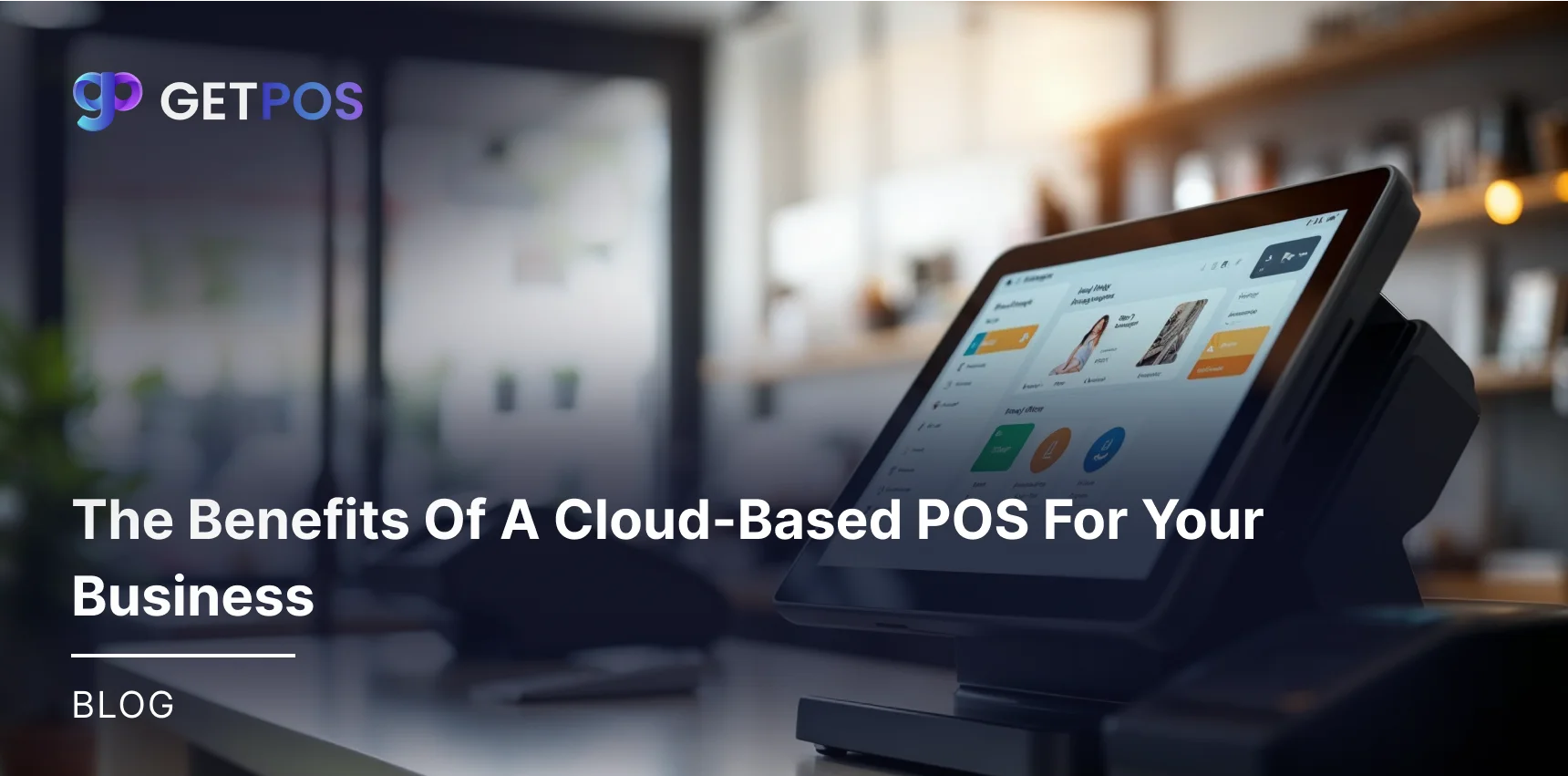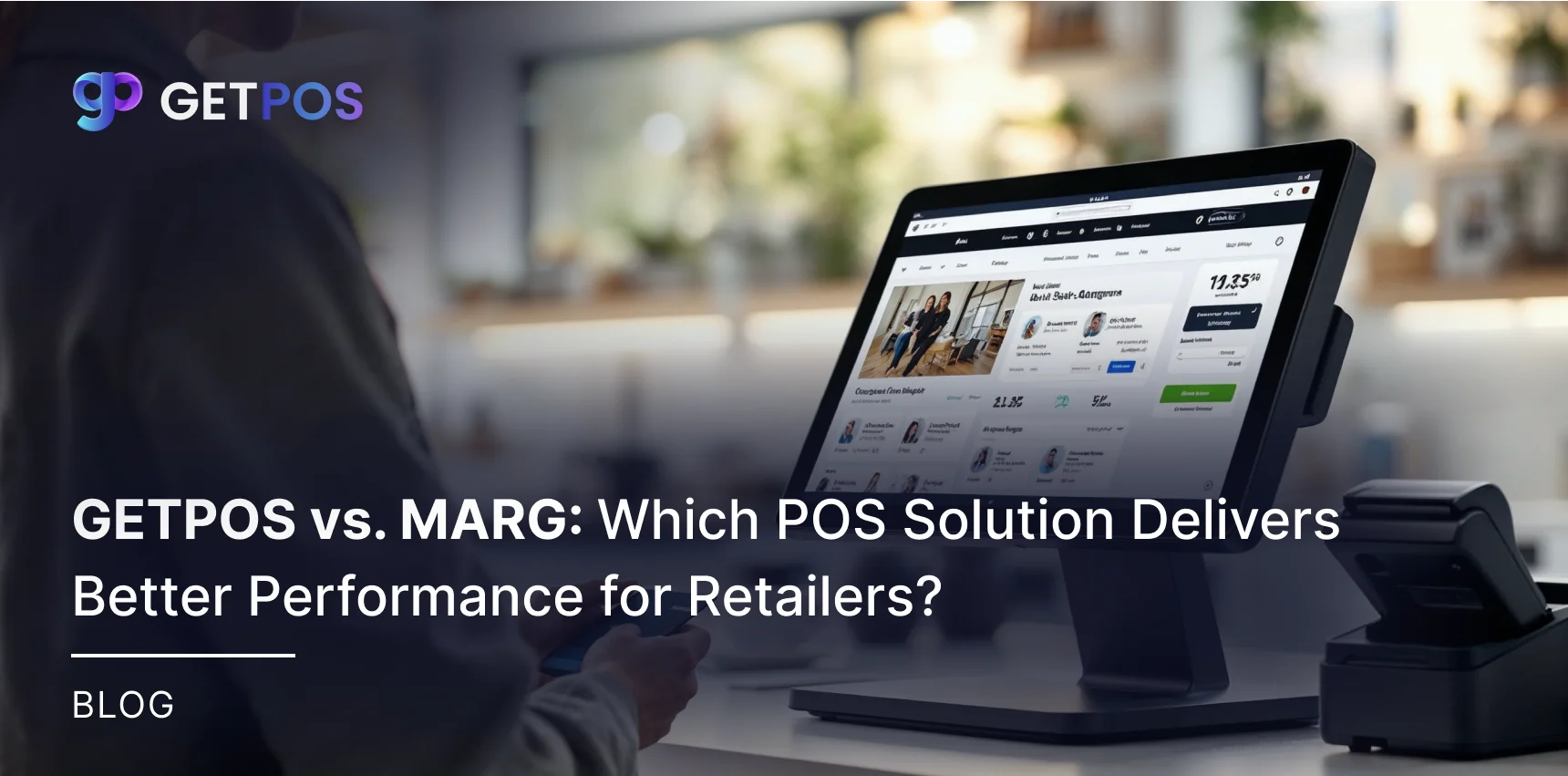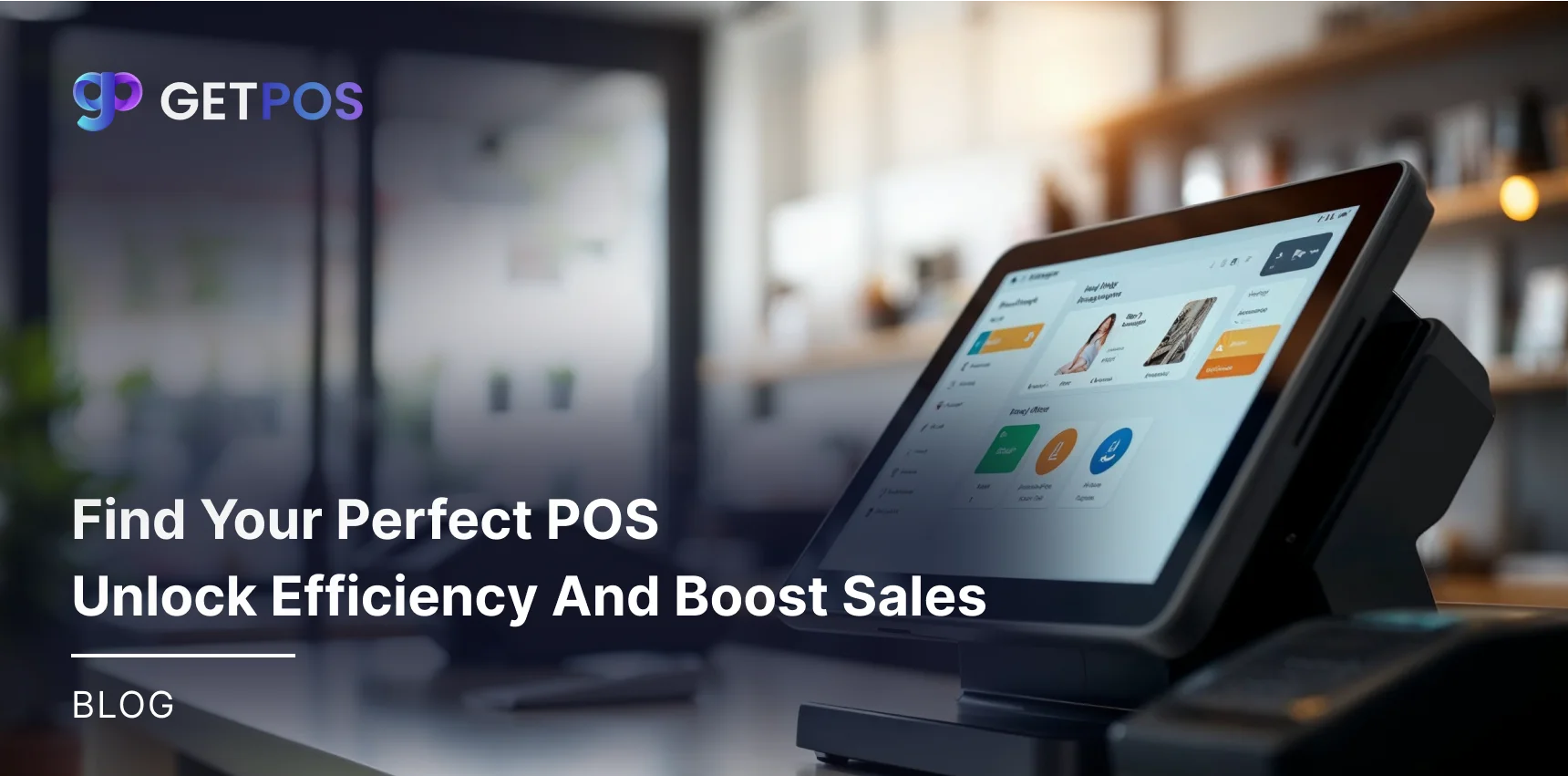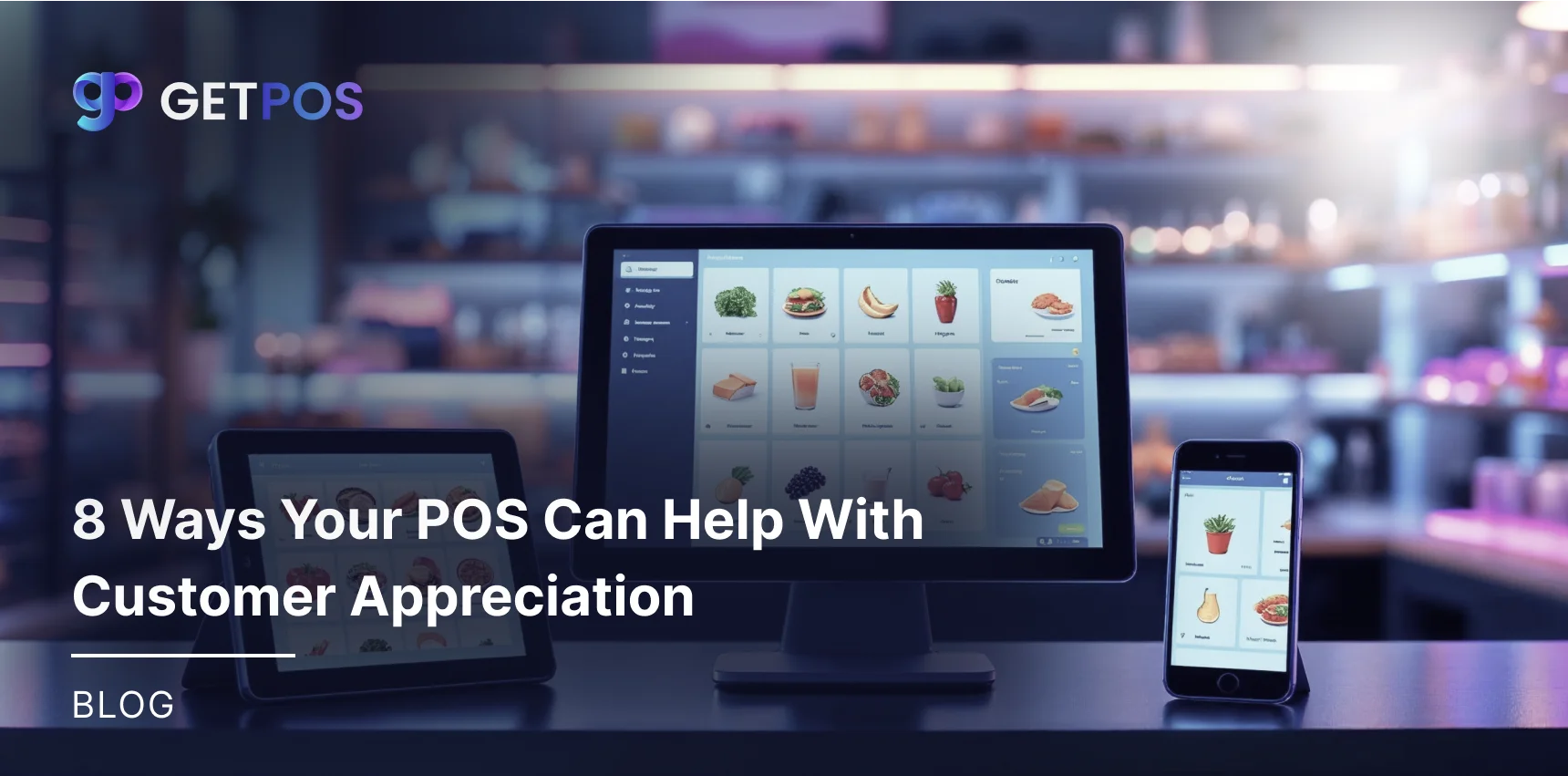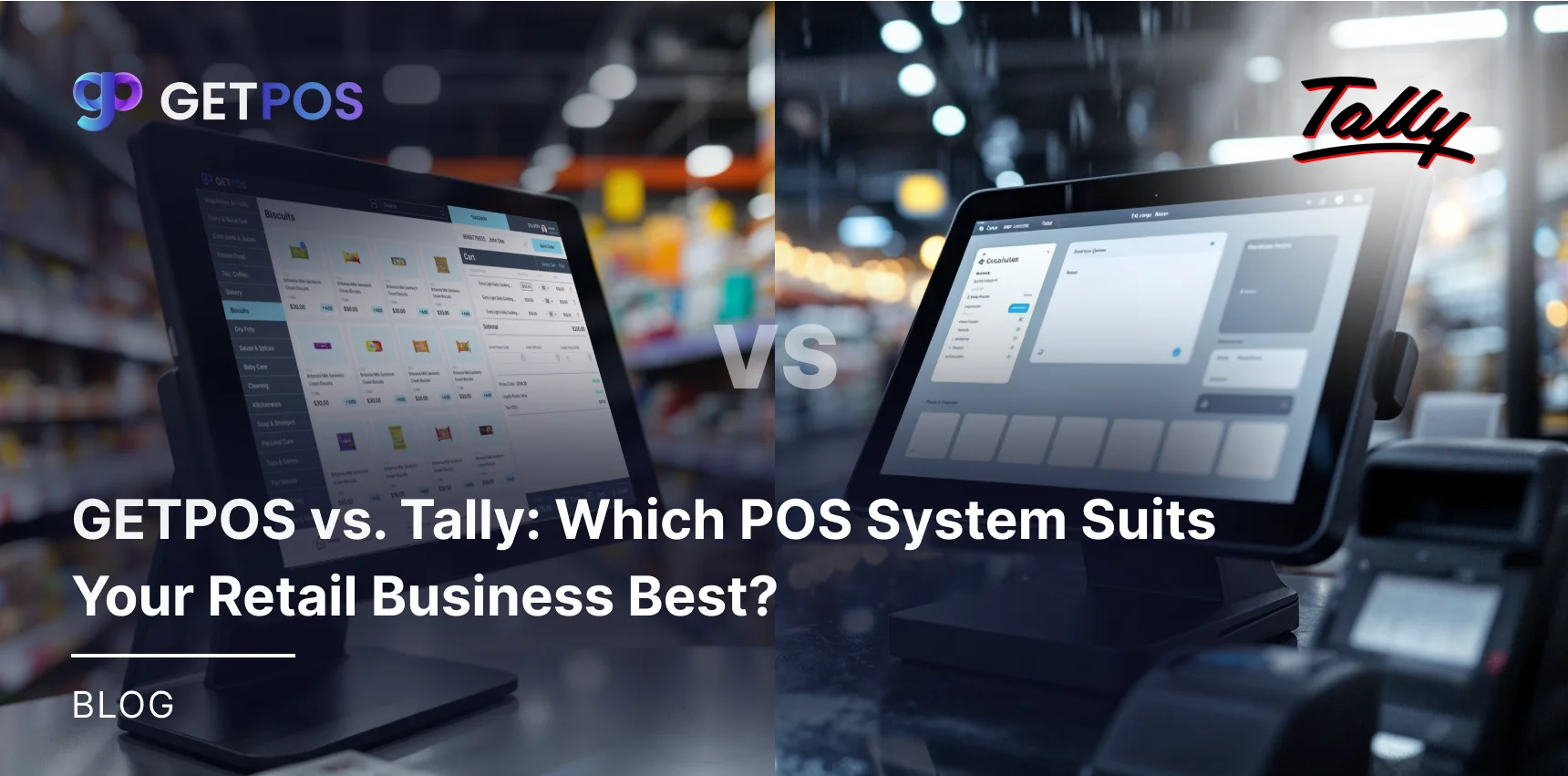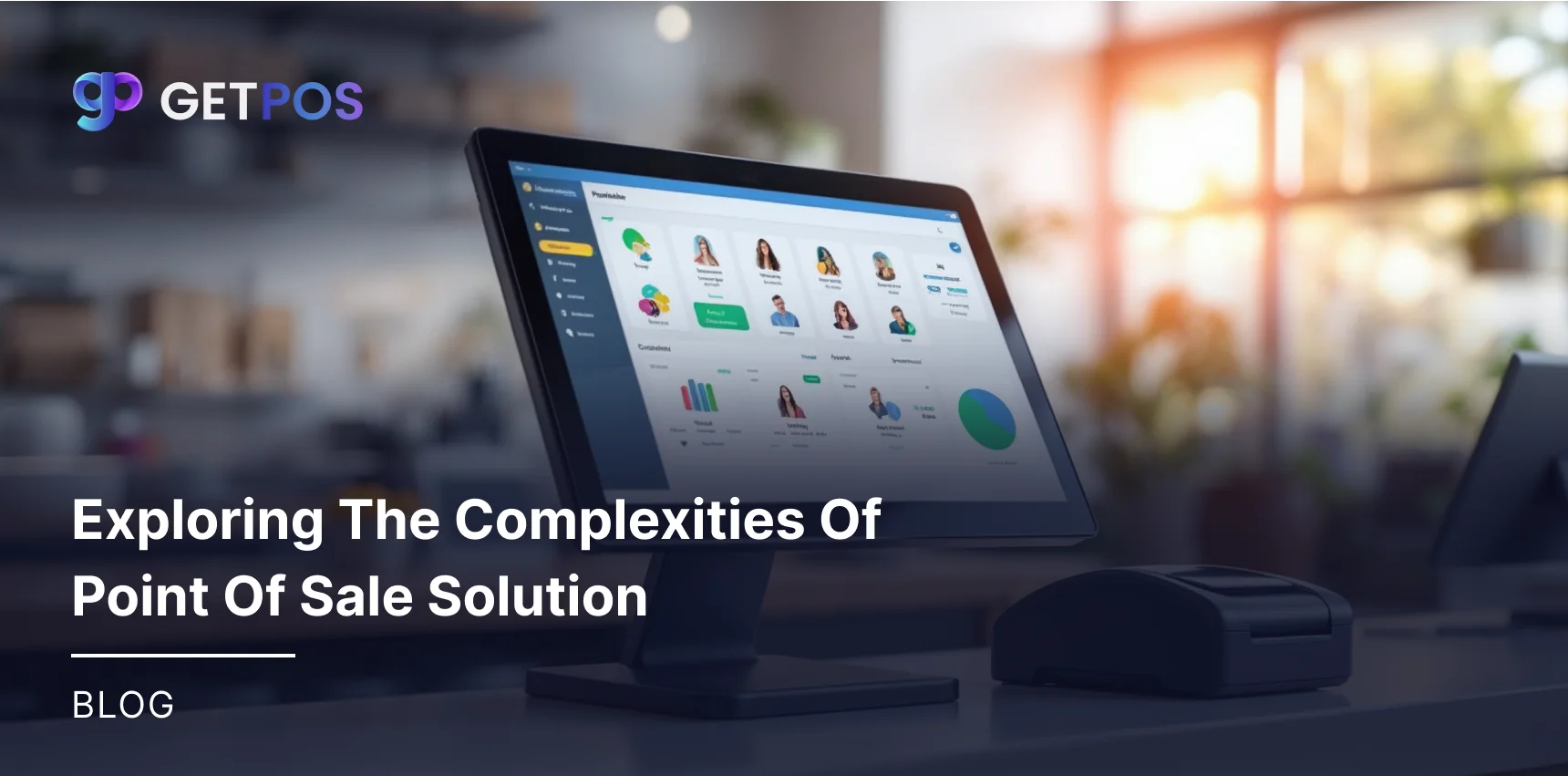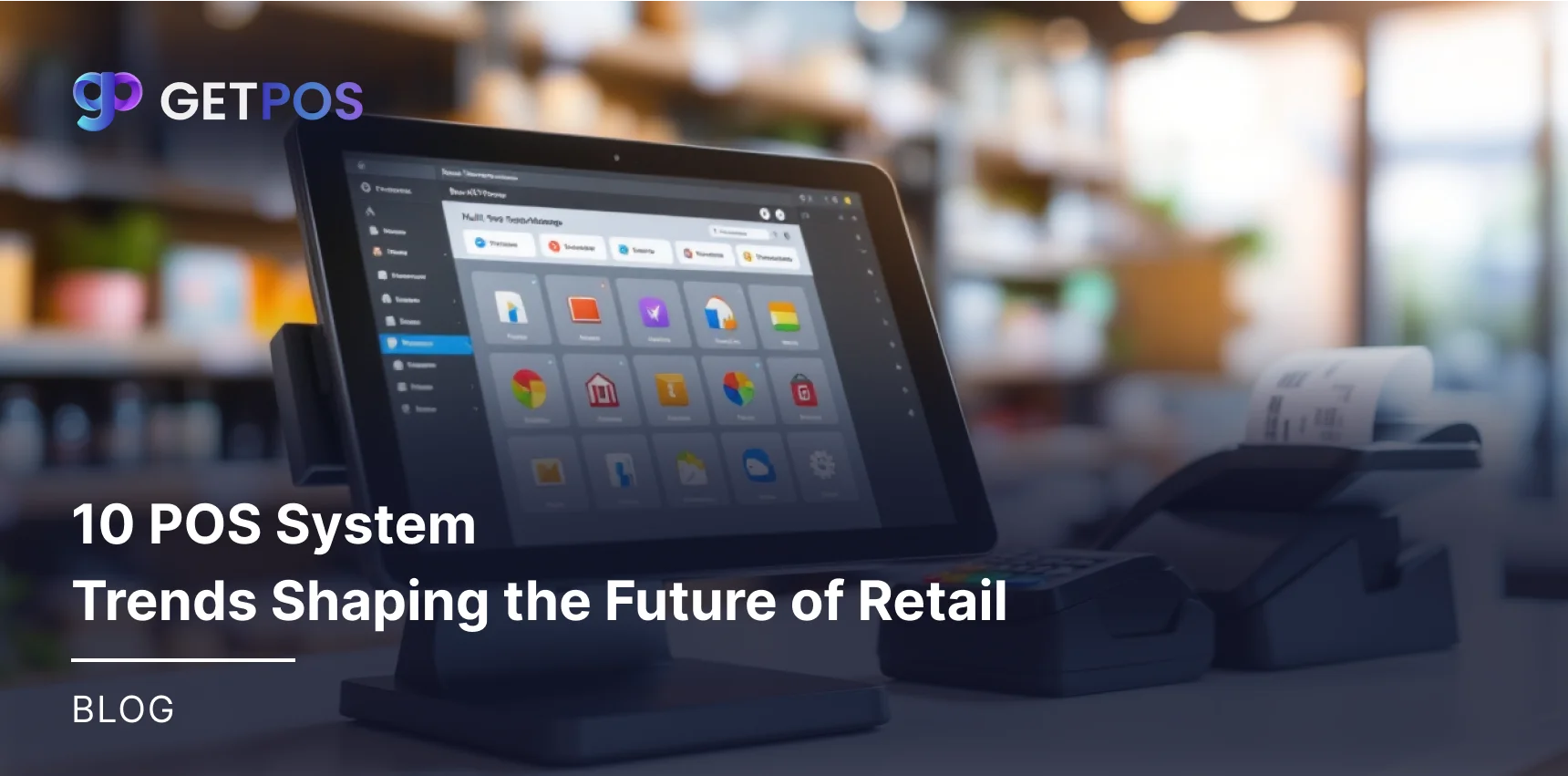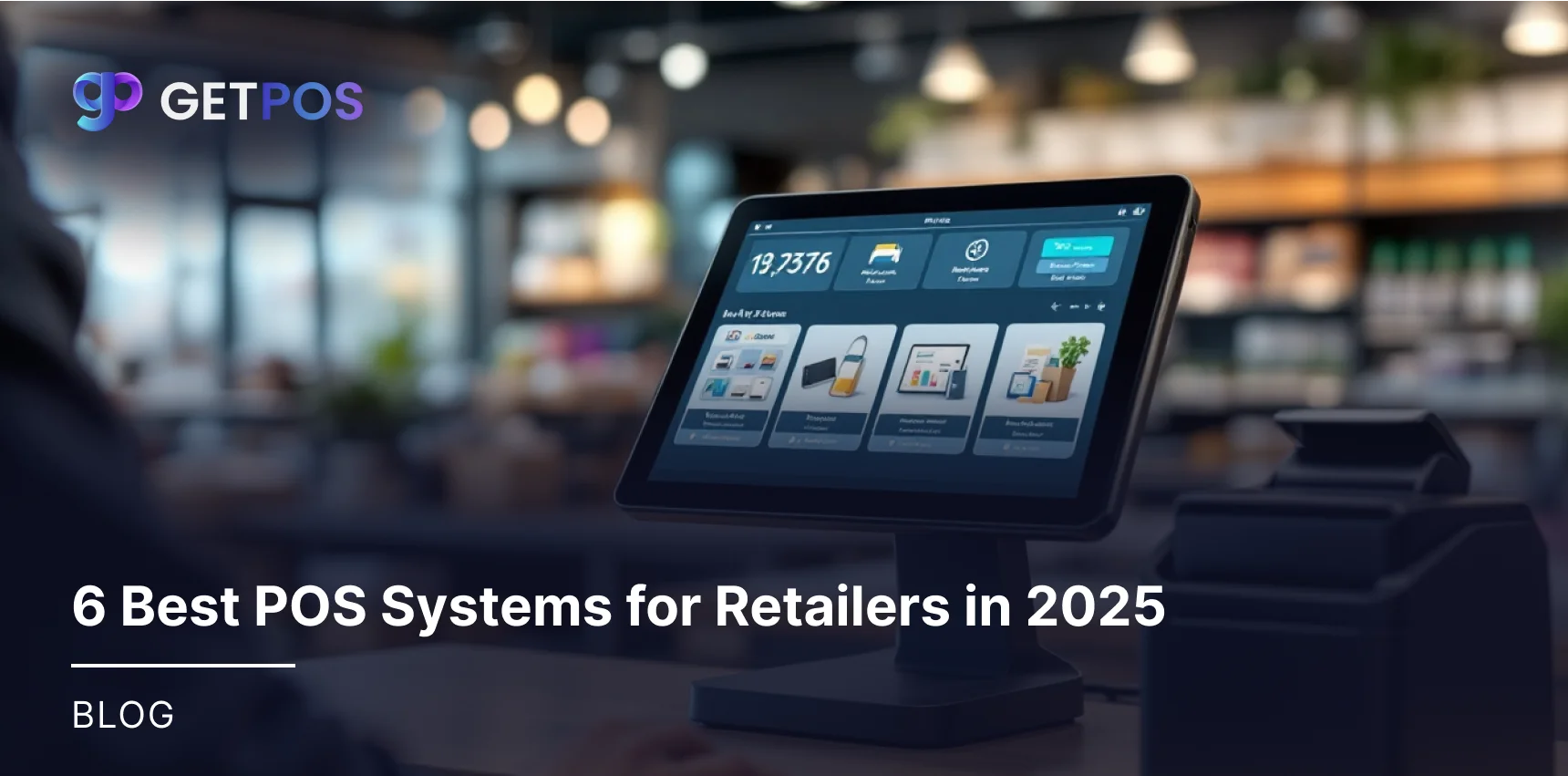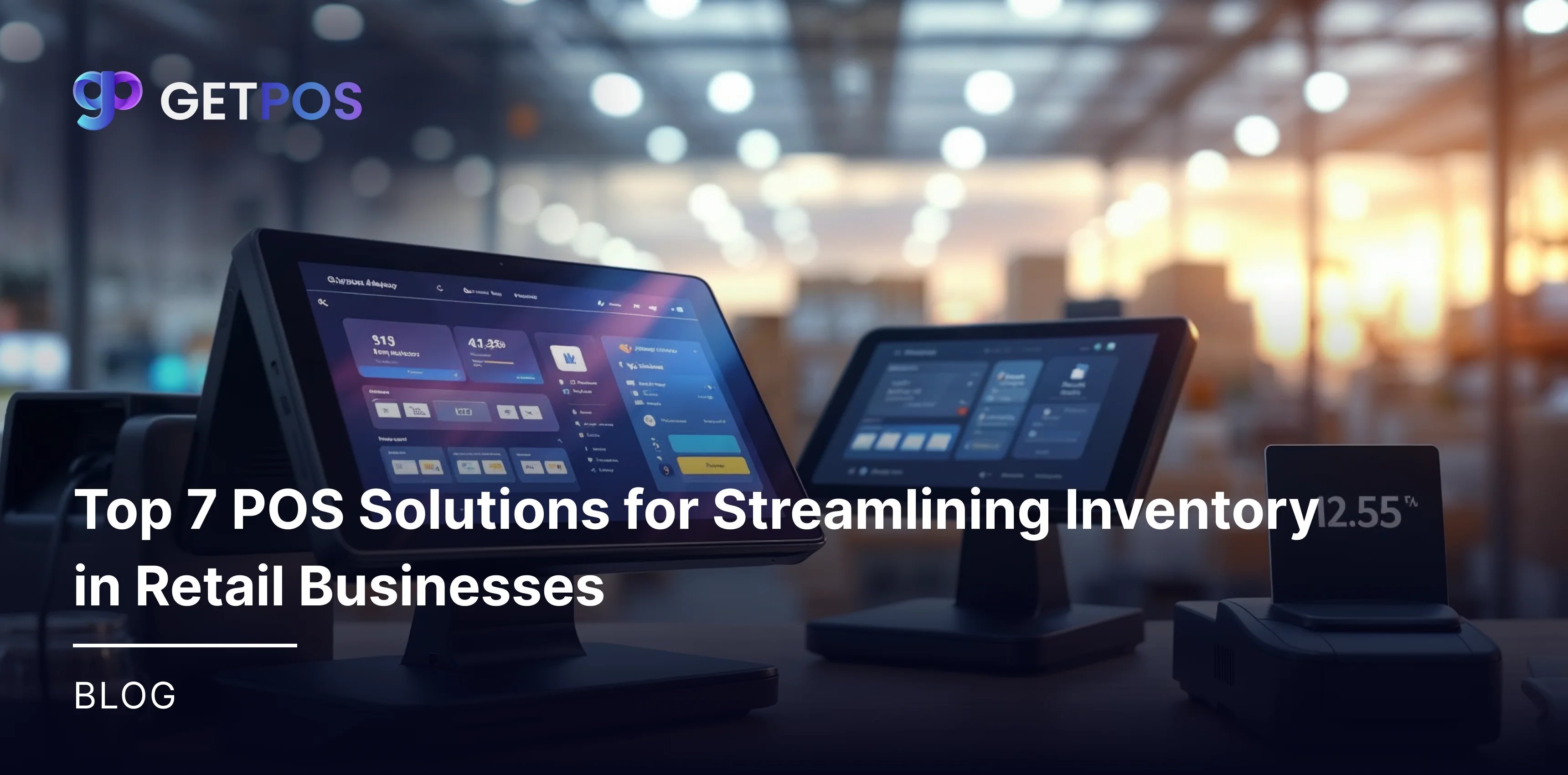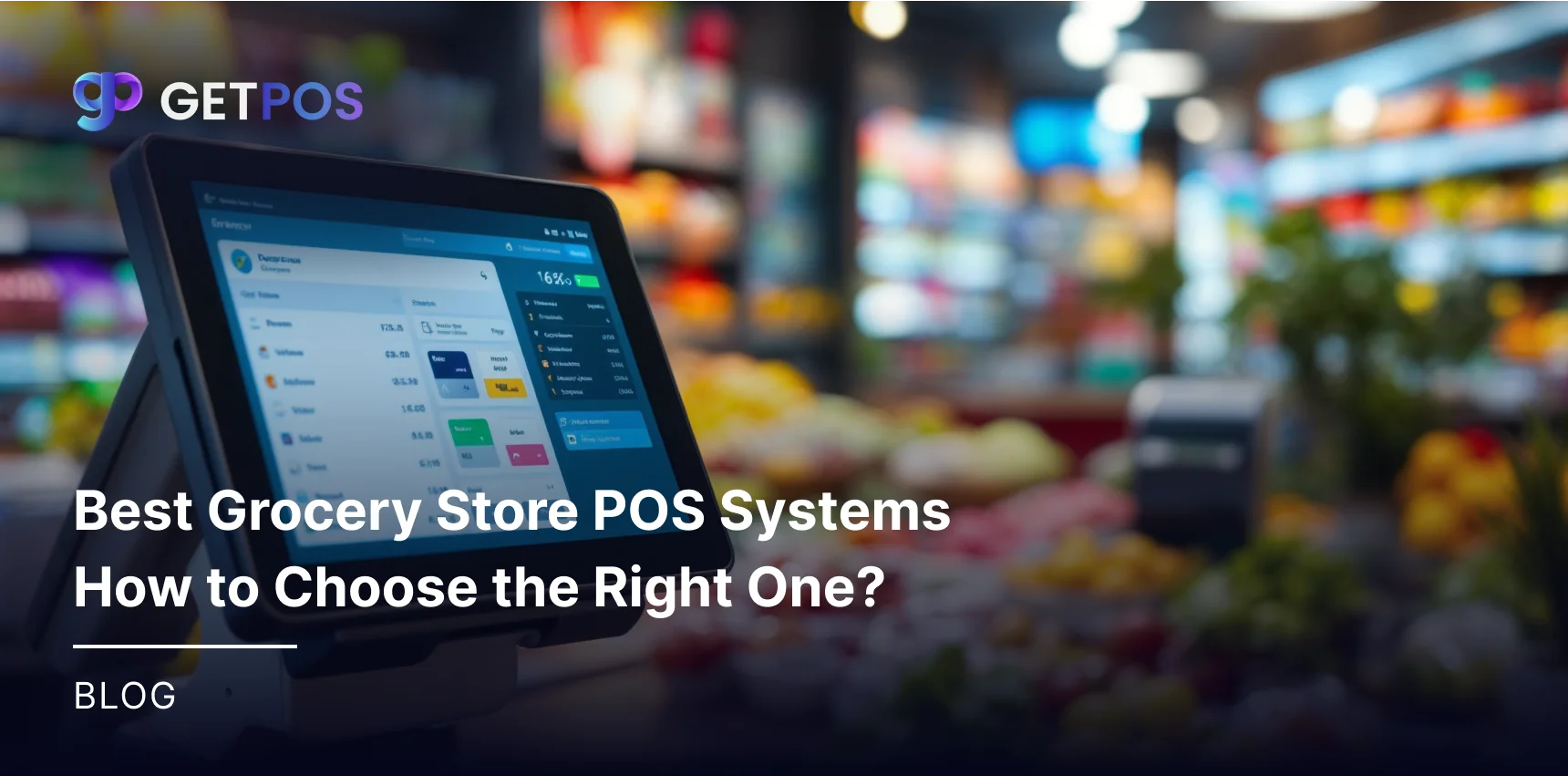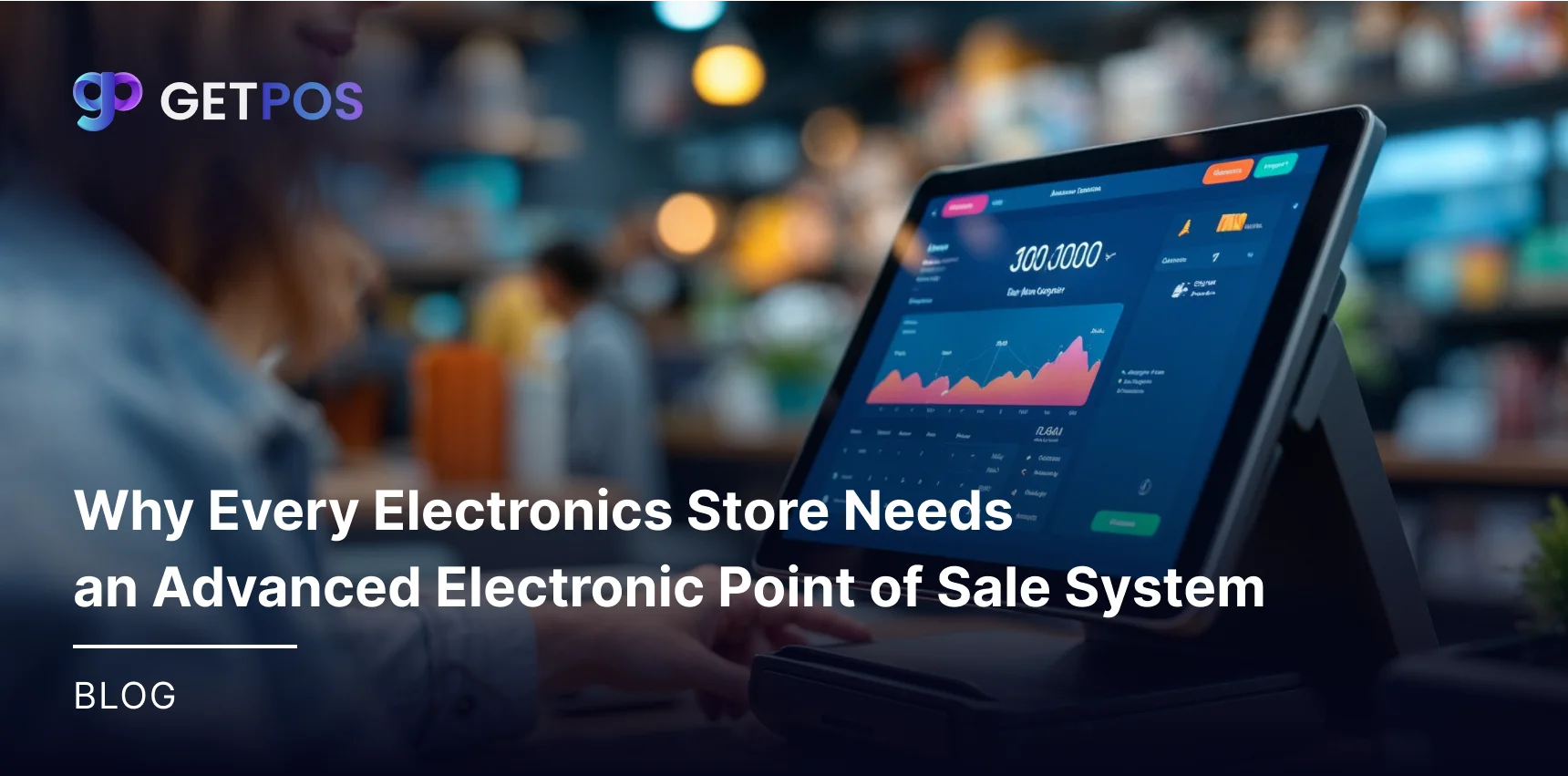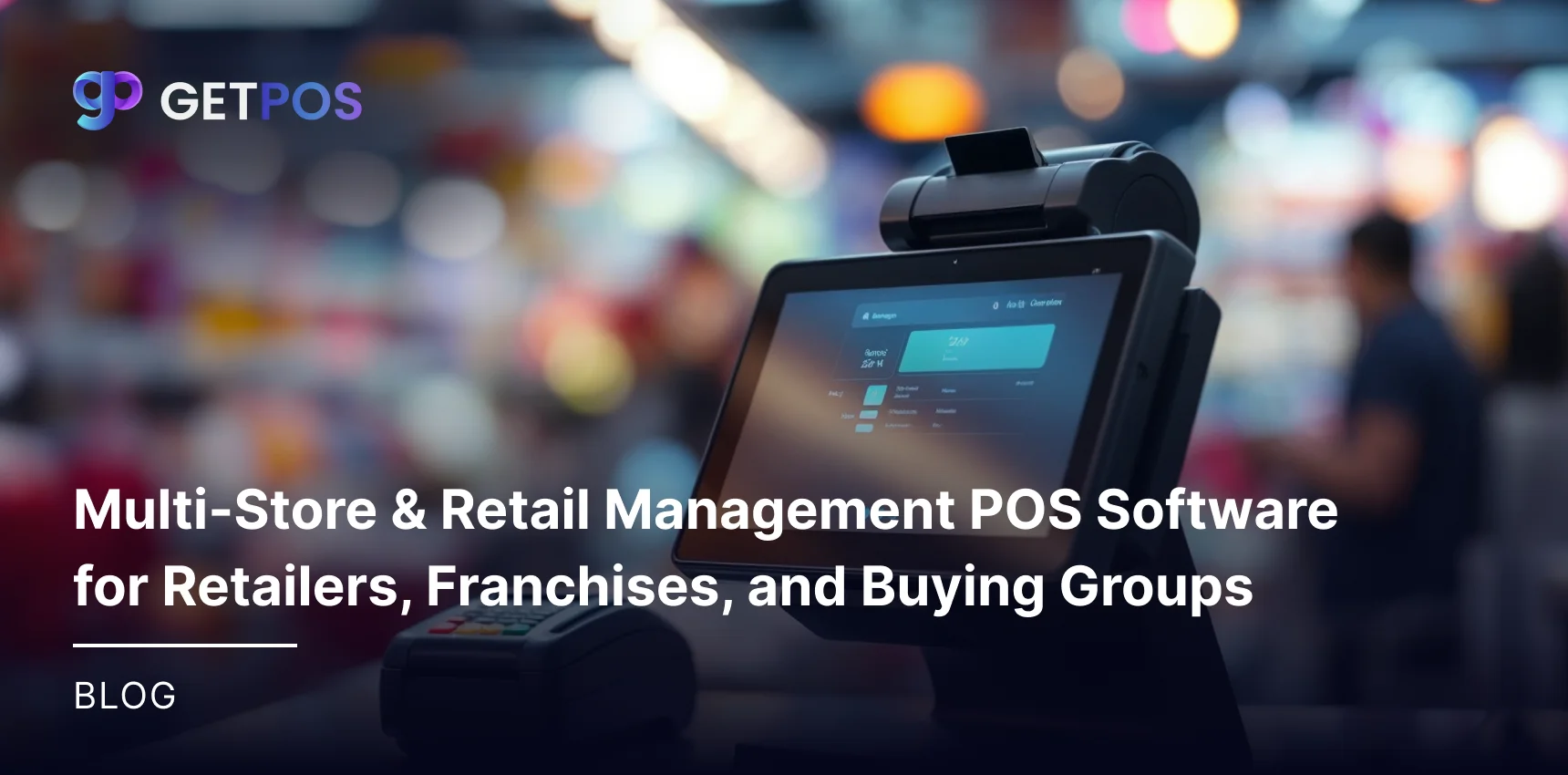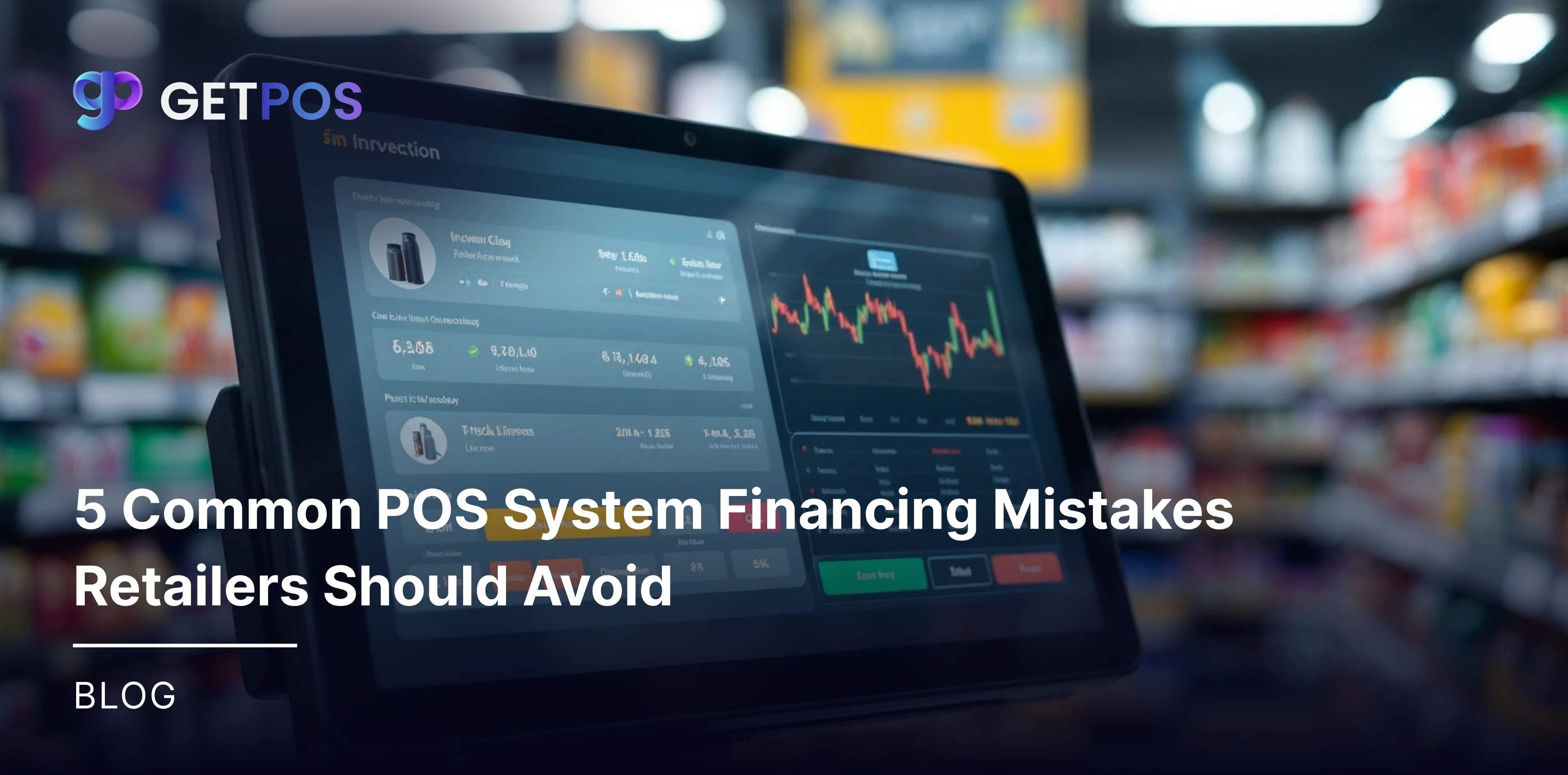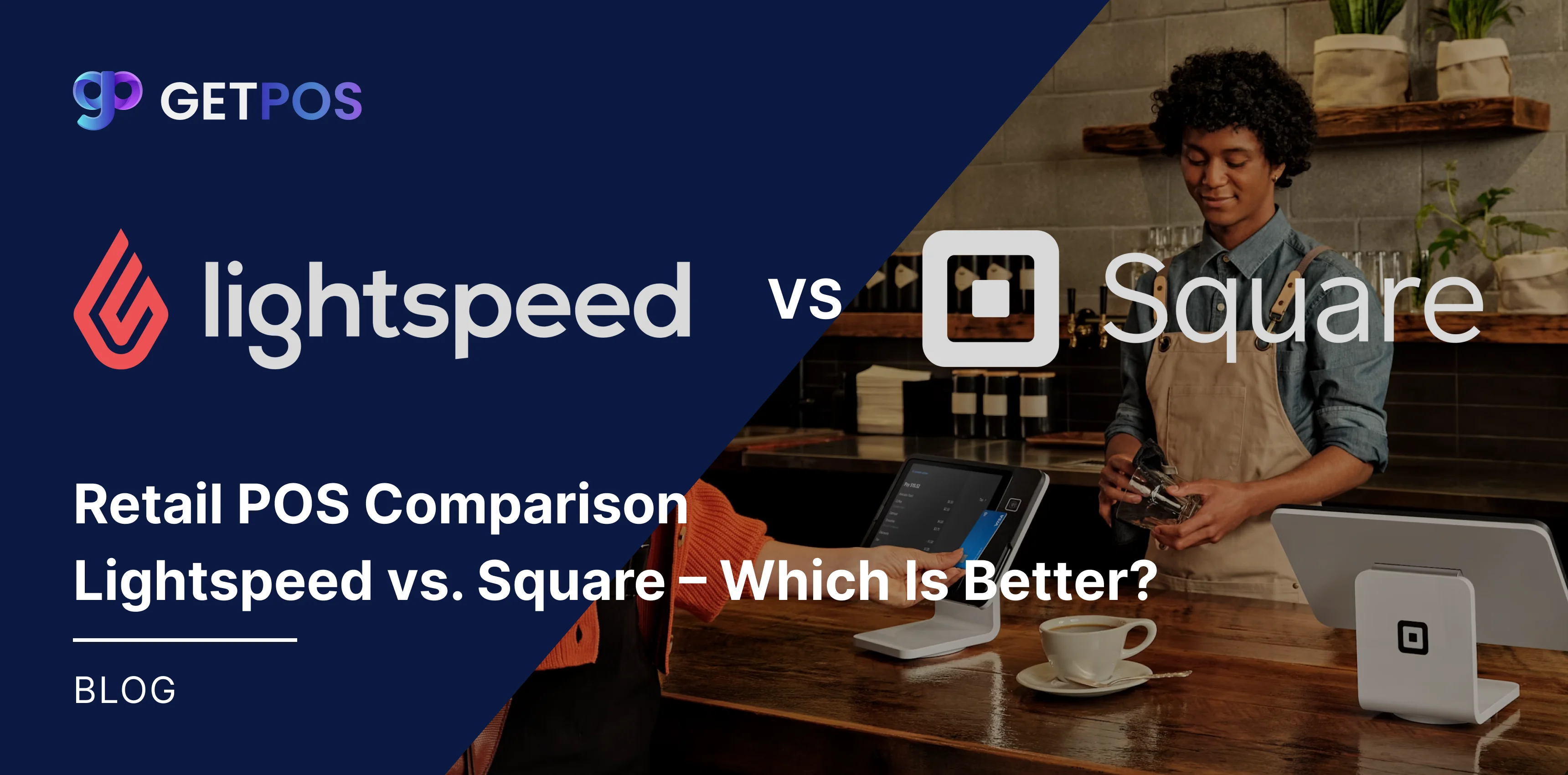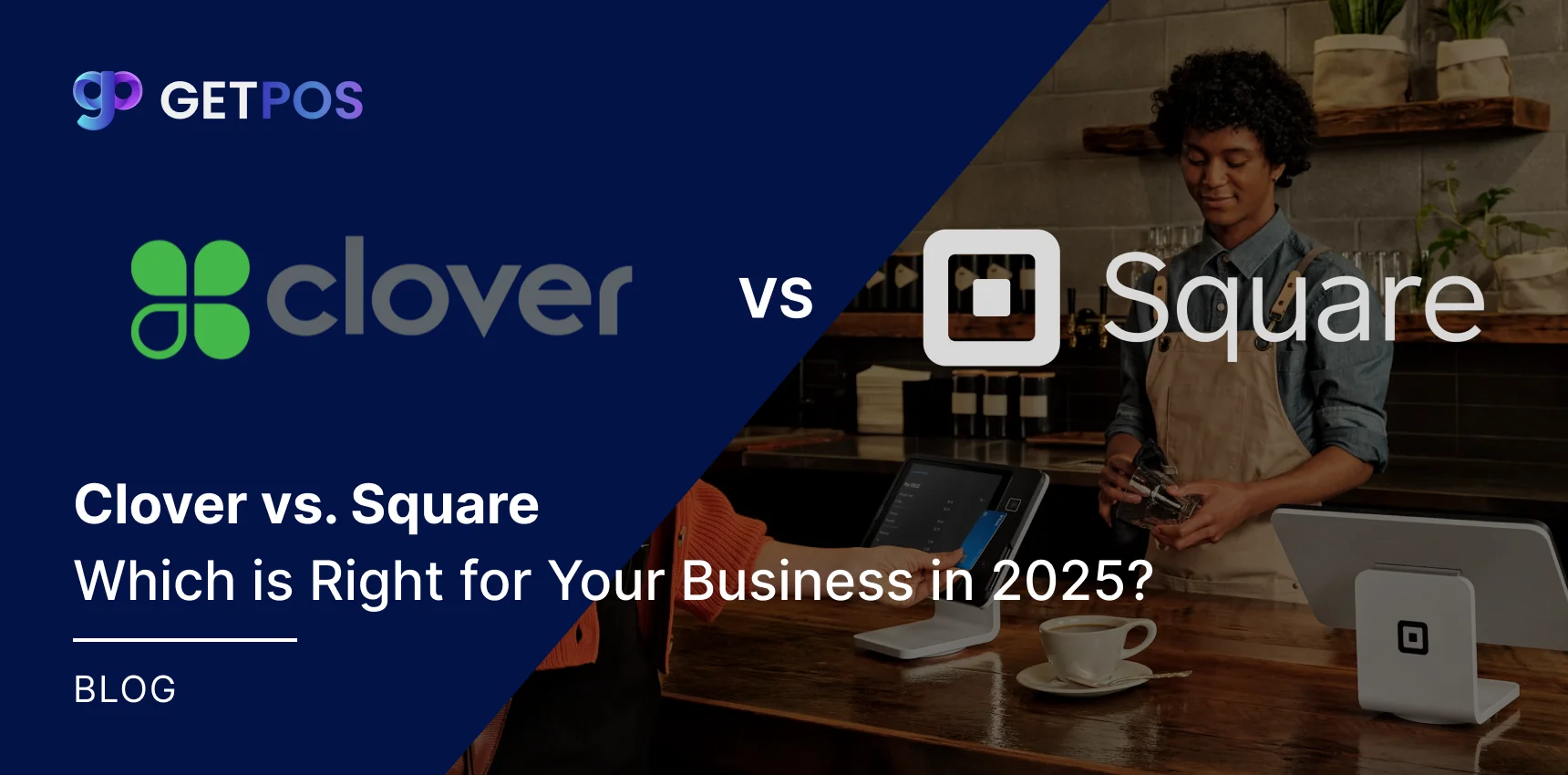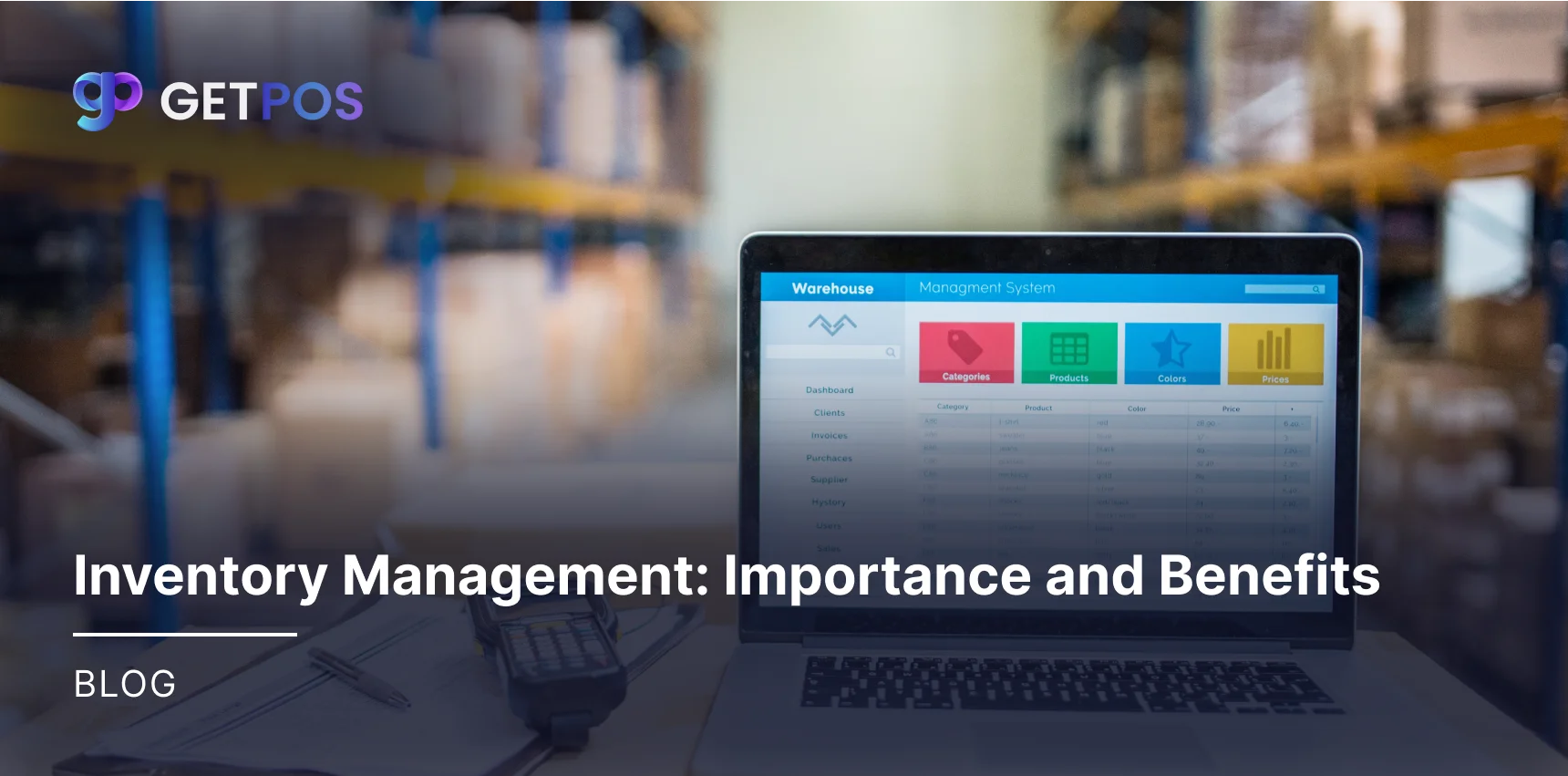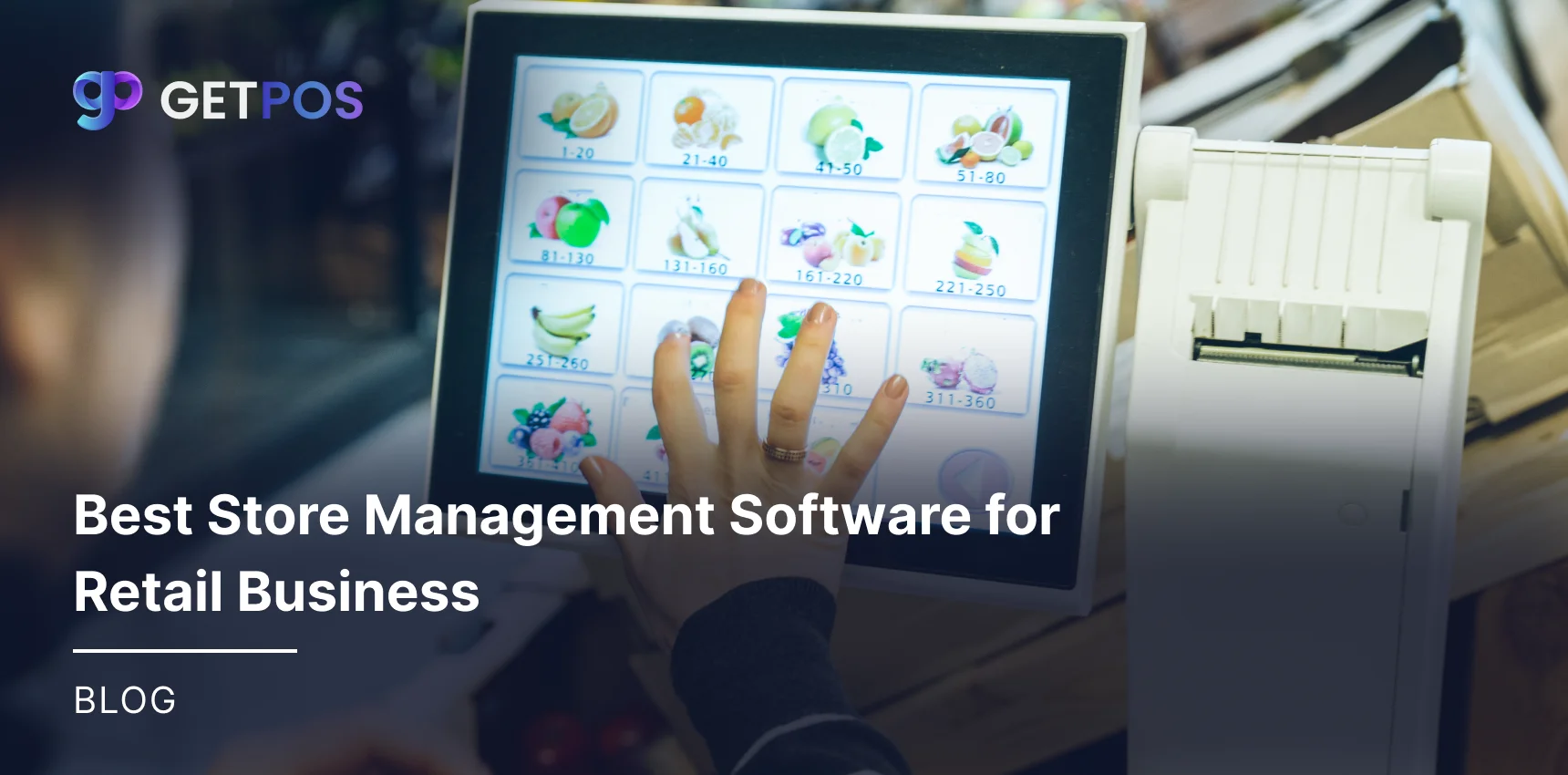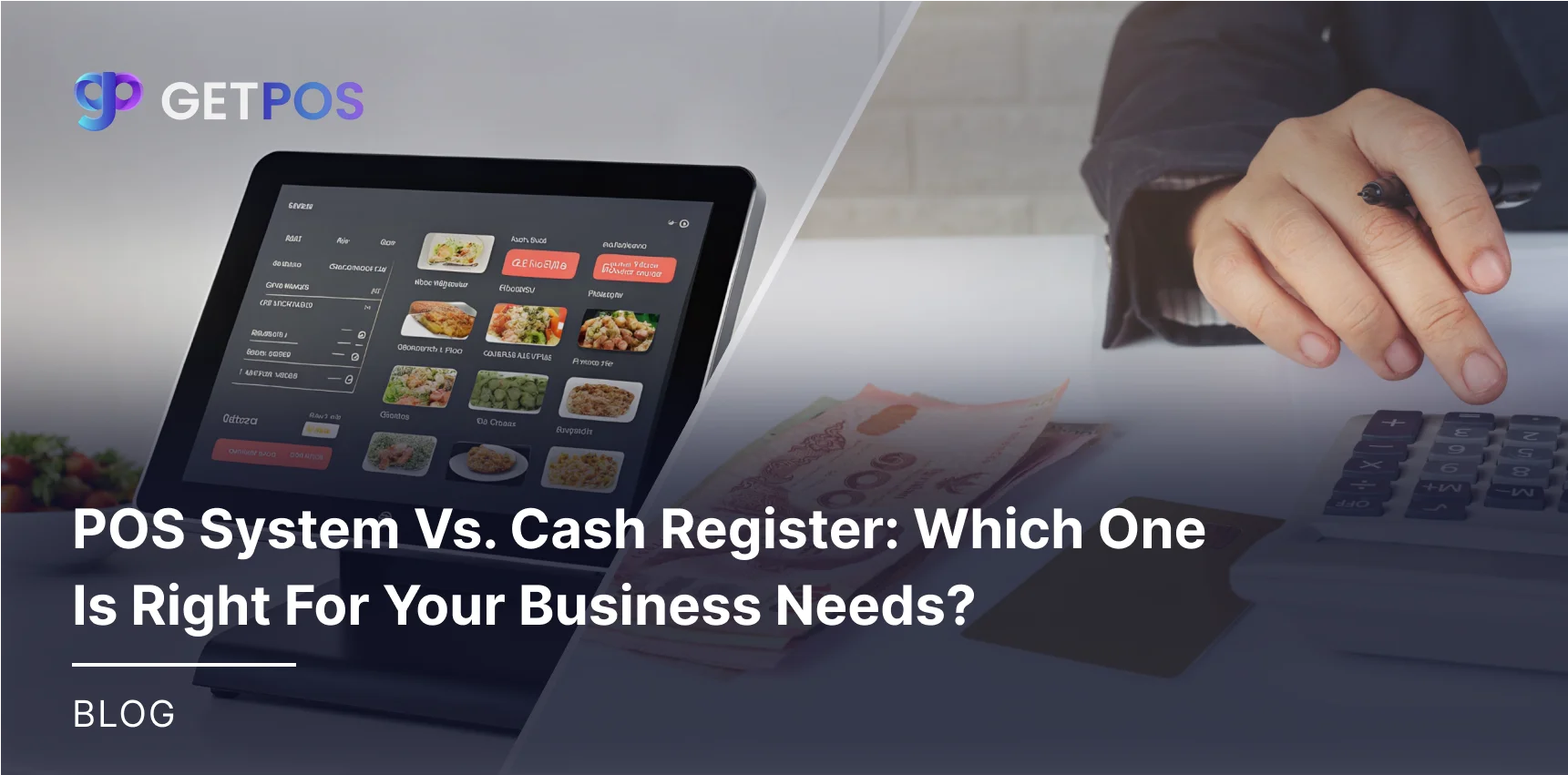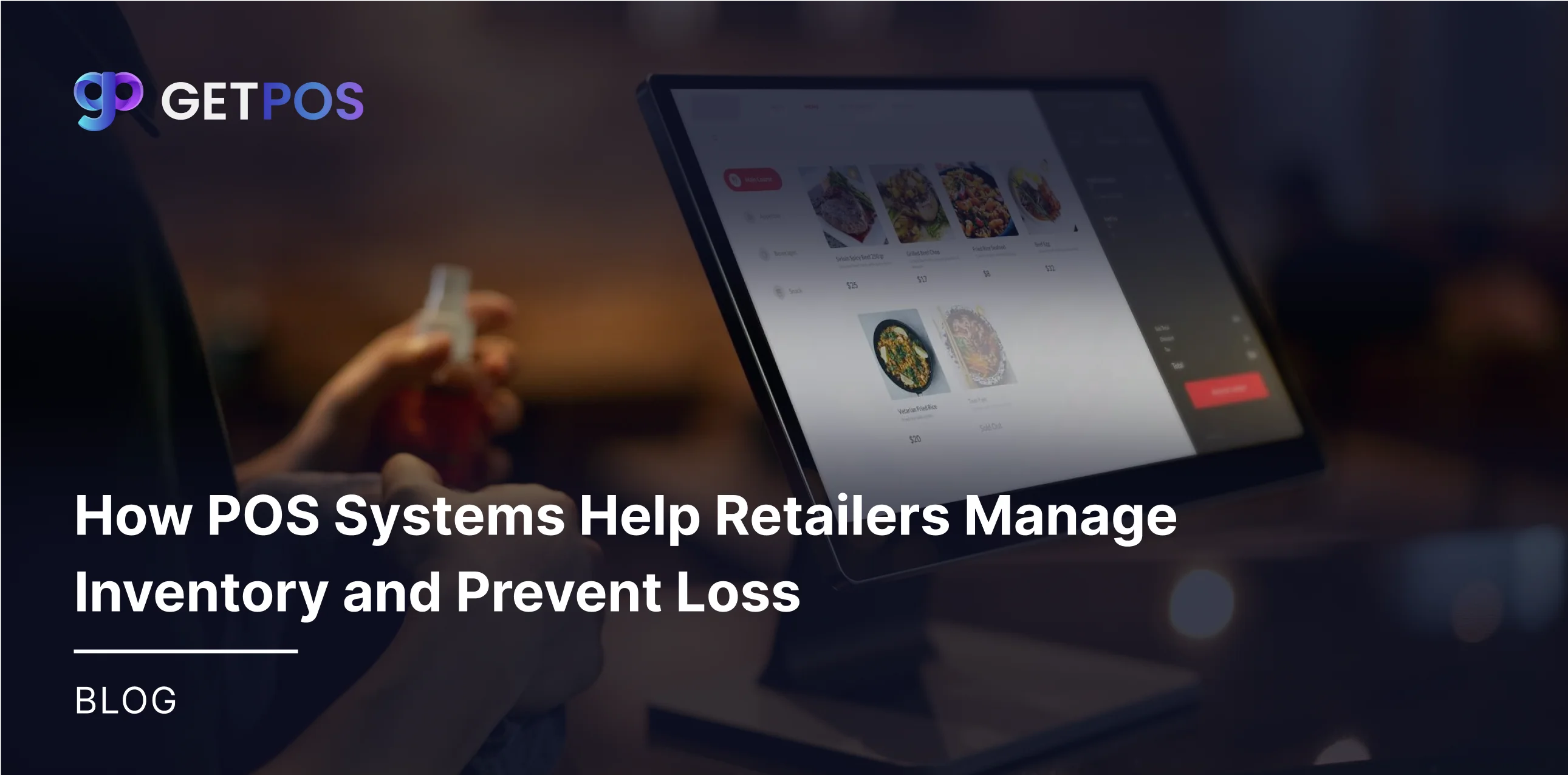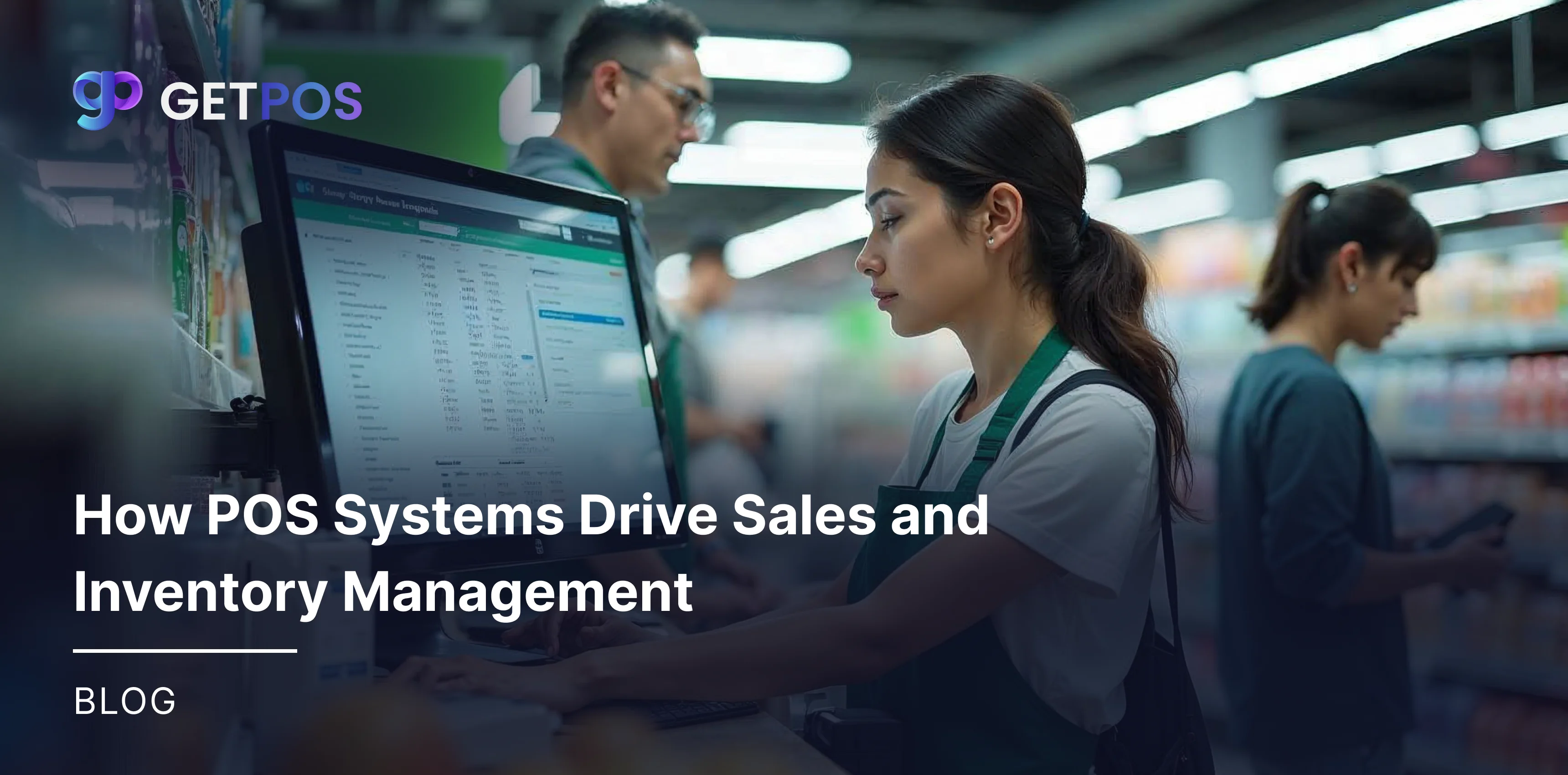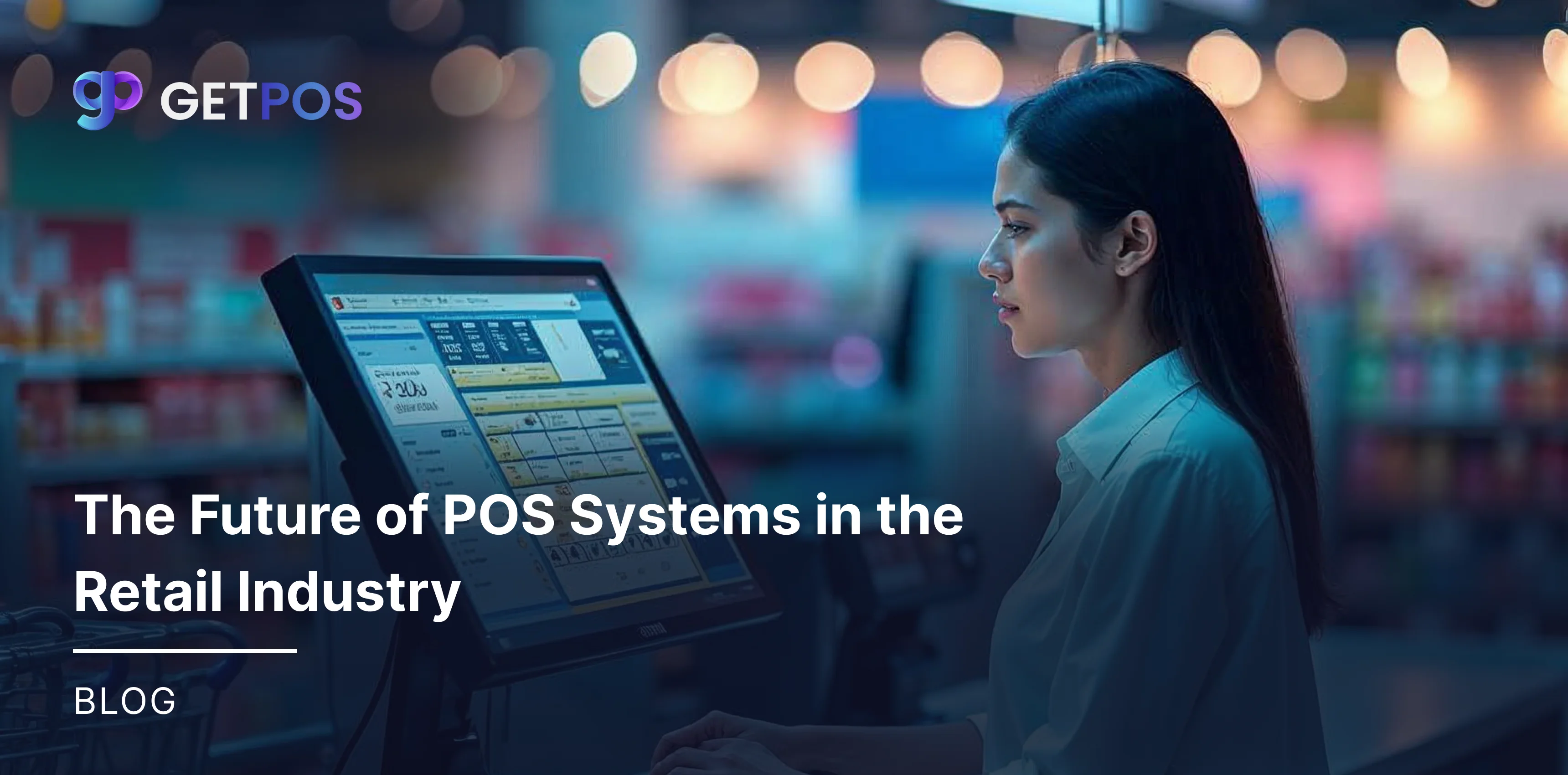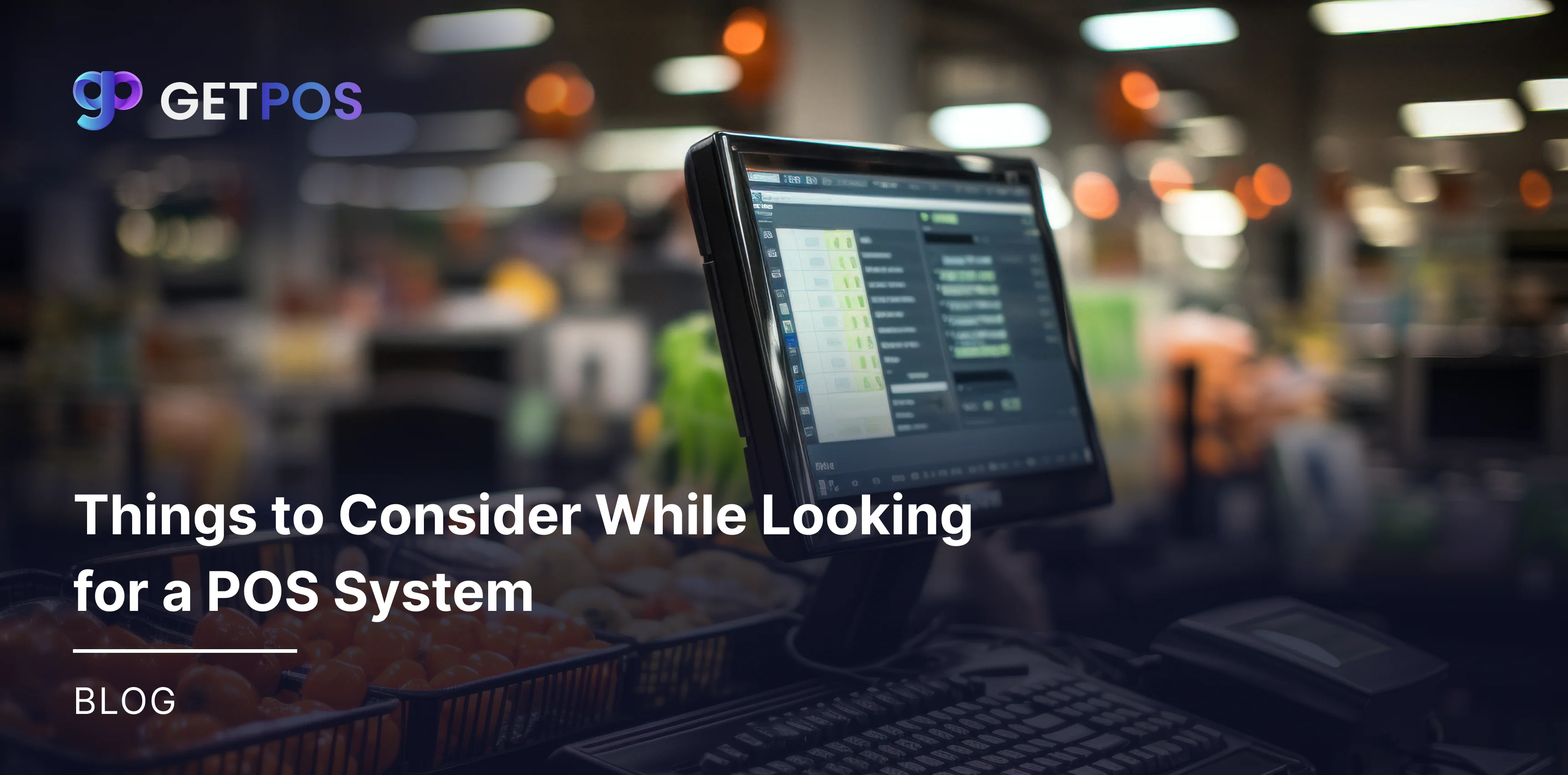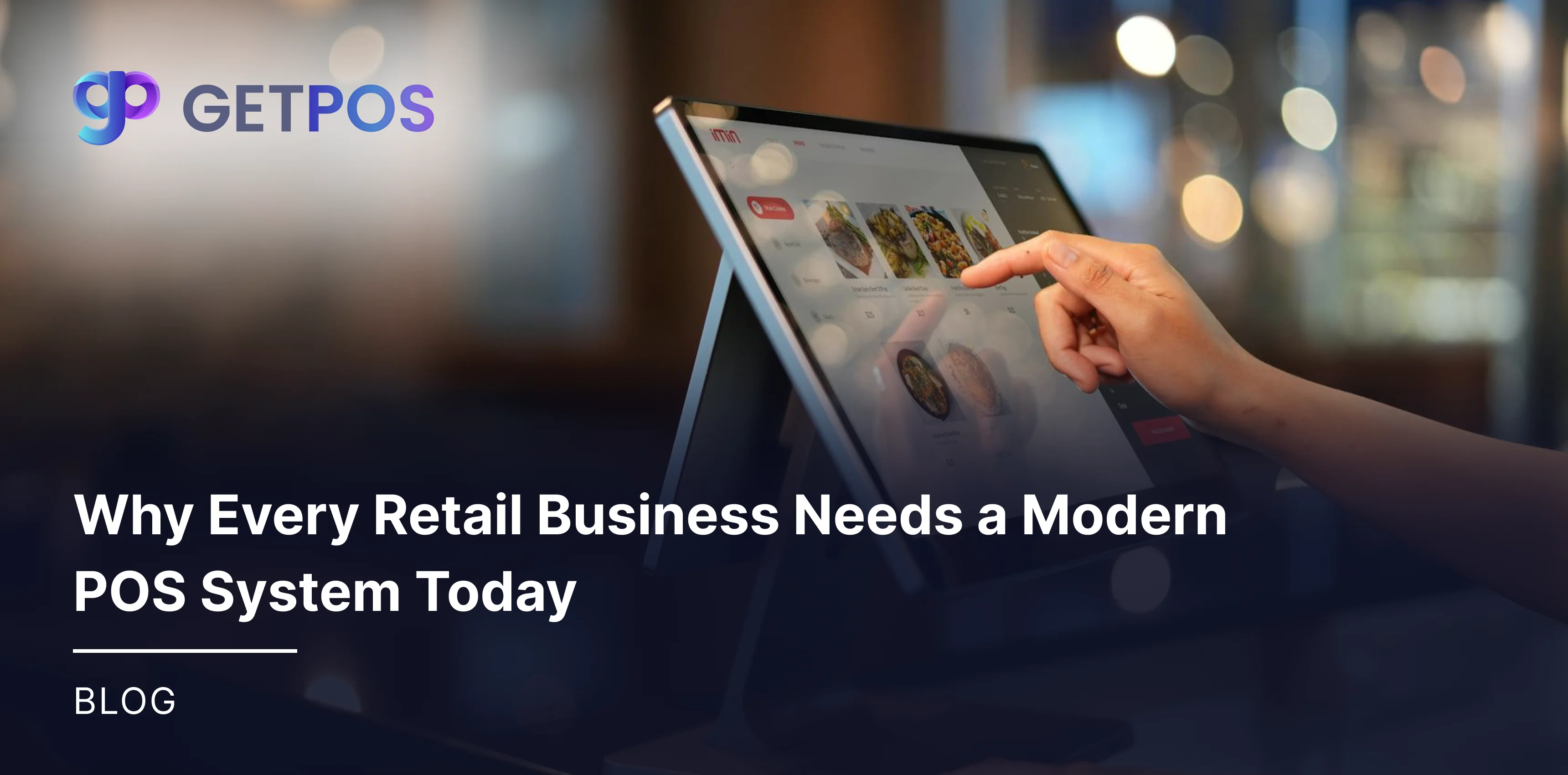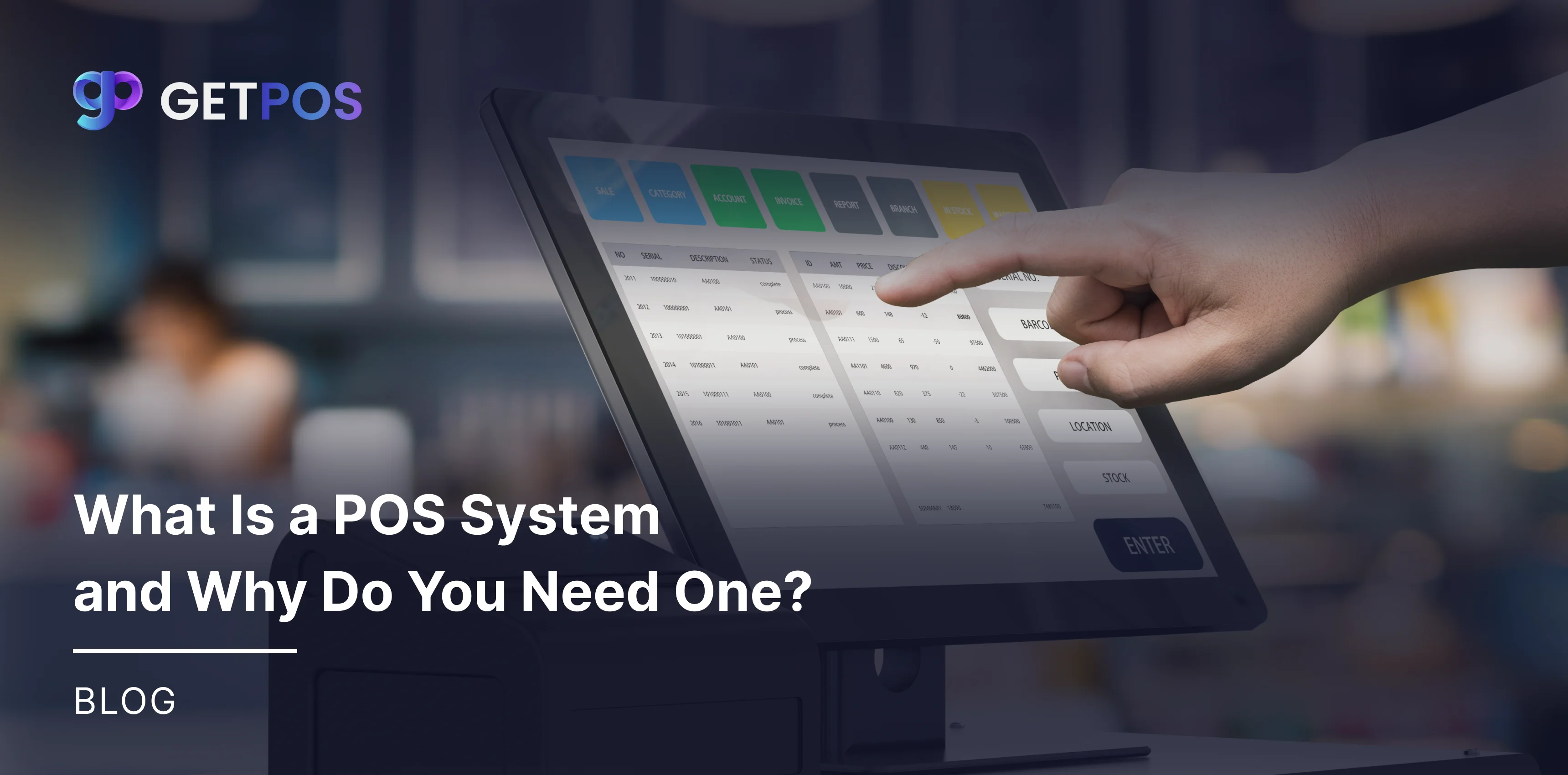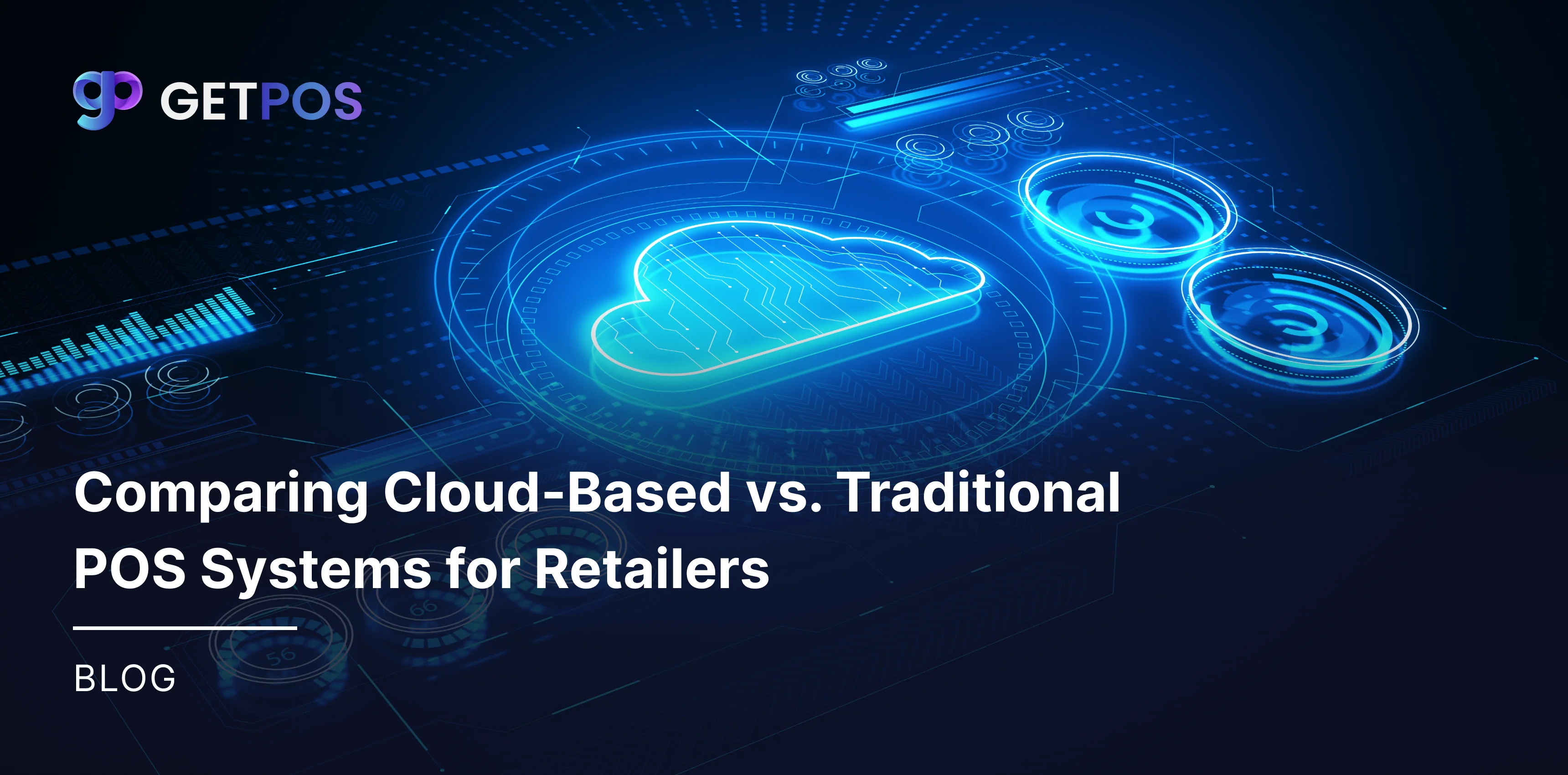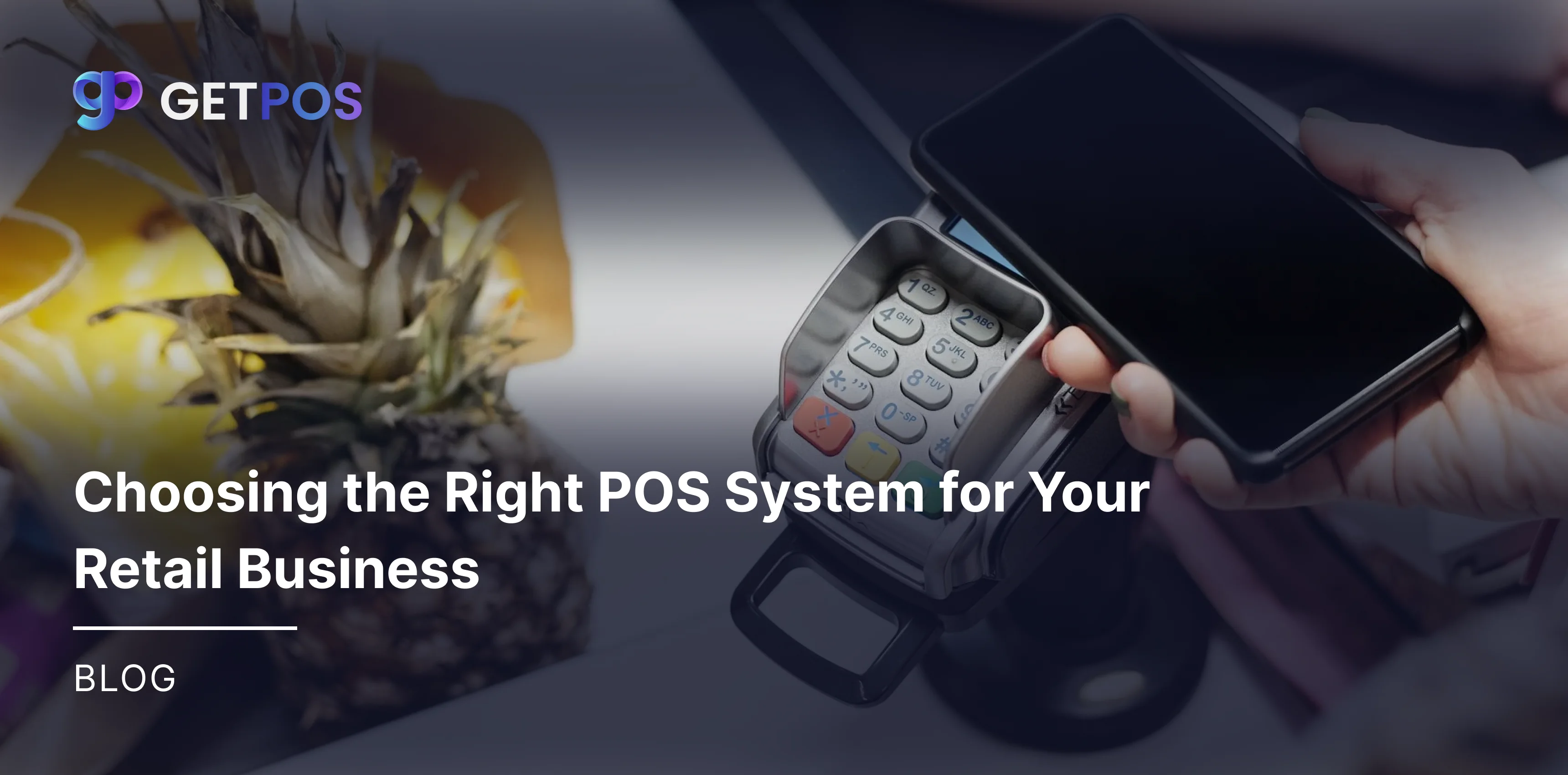Quick Summary
Choosing the right POS system for retail business is vital to improving efficiency and boosting profitability. In this comprehensive comparison of MARG vs. Tally, we’ll analyze each system’s features and functionality, providing insights into which solution is best for your retail operations. Whether you're a small shop owner or managing a large retail chain, this guide will help you make the right decision for your business.
Table Of Contents
Introduction
A POS system for retail business plays a central role in managing sales, inventory, and accounting. Among the most popular options are MARG and Tally, two powerful tools used by businesses of various sizes. But how do they stack up against each other? In this blog, we’ll break down the features of MARG vs. Tally, highlight their strengths, and help you determine which retail POS software is the best fit for your business needs. By the end of this blog, you’ll have a clear understanding of which system suits your operational requirements.
Key Takeaways
MARG focuses more on inventory and retail management, while Tally excels in financial accounting.
MARG is ideal for businesses that need robust inventory and billing features, making it great for retail, wholesale, and distribution.
Tally is best suited for businesses needing comprehensive accounting features with some inventory control.
Both systems provide mobile access and integrate with other platforms for a seamless retail experience.
When selecting consider your business type, the complexity of your operations, and your need for financial management versus retail-specific functionalities.
What is Marg & Tally?
MARG is a specialized POS system for retail business designed to simplify operations like inventory management, billing, and sales tracking. It’s widely used in industries such as retail, wholesale, and distribution. MARG provides a comprehensive business management suite that integrates sales, inventory, and accounting into a single platform, making it a valuable tool for businesses aiming to streamline their retail processes.
On the other hand, Tally is an accounting-centric software that also includes basic inventory management tools. While Tally is primarily known for its accounting and finance features, it does offer modules for inventory and payroll management. Tally is widely used across various industries for its powerful financial management capabilities, and its POS module complements its accounting strength, making it a great choice for businesses prioritizing financial insights and reporting.
Marg & Tally: Highlighting Features
MARG Features
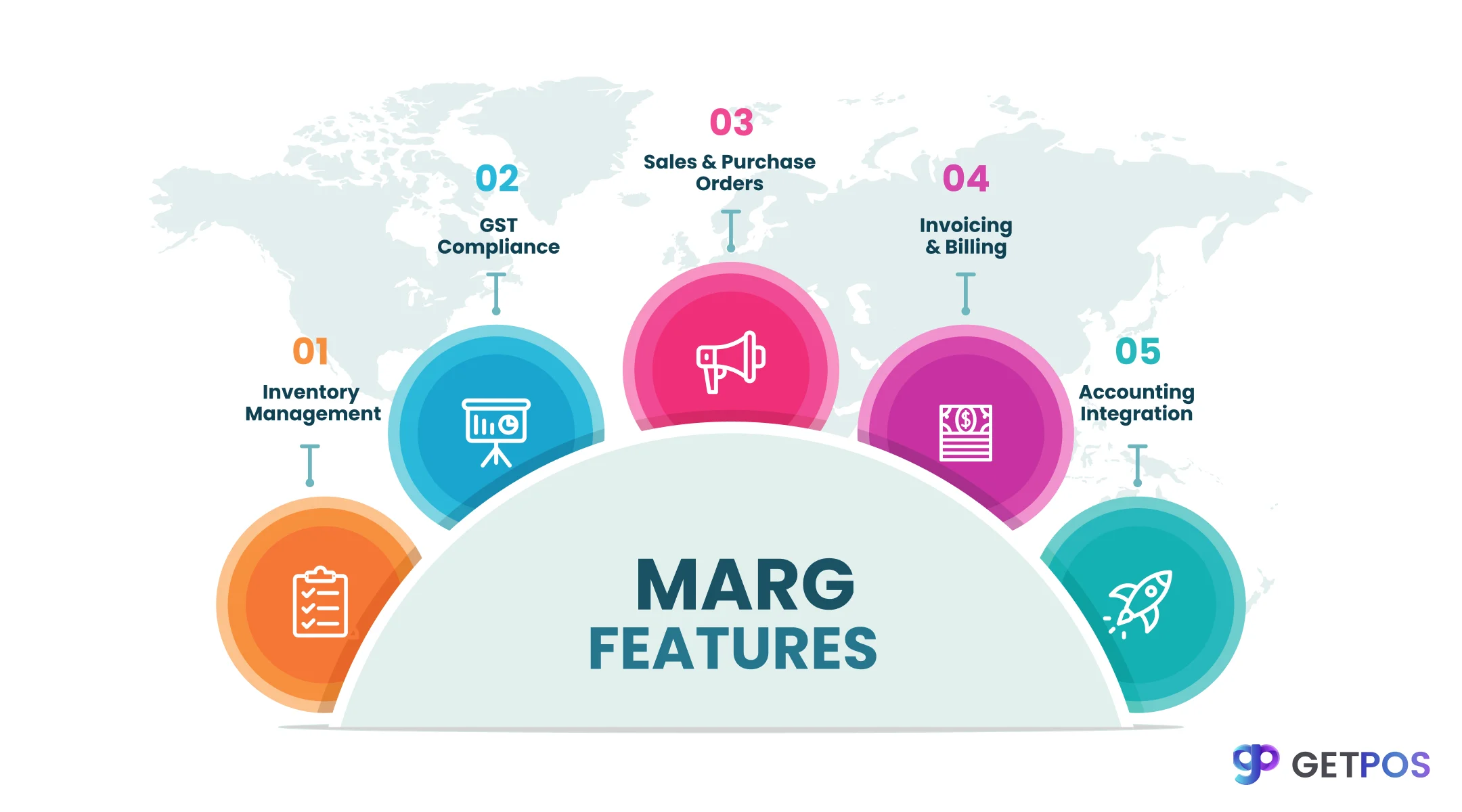
Inventory Management: MARG’s POS system for retail business is tailored for businesses that need detailed inventory management, with features like stock tracking, reorder alerts, and product categorization.
GST Compliance: MARG helps businesses stay compliant with India’s Goods and Services Tax (GST) by providing automated tax calculations and reporting.
Sales & Purchase Orders: Effortlessly manage both sales and purchase orders within a unified system, ensuring seamless operations across your business.
Invoicing & Billing: MARG offers customizable invoicing features that allow businesses to generate bills in seconds, complete with detailed tax information.
Accounting Integration: Seamlessly integrate accounting functions with inventory management, simplifying your financial reporting.
Tally Features
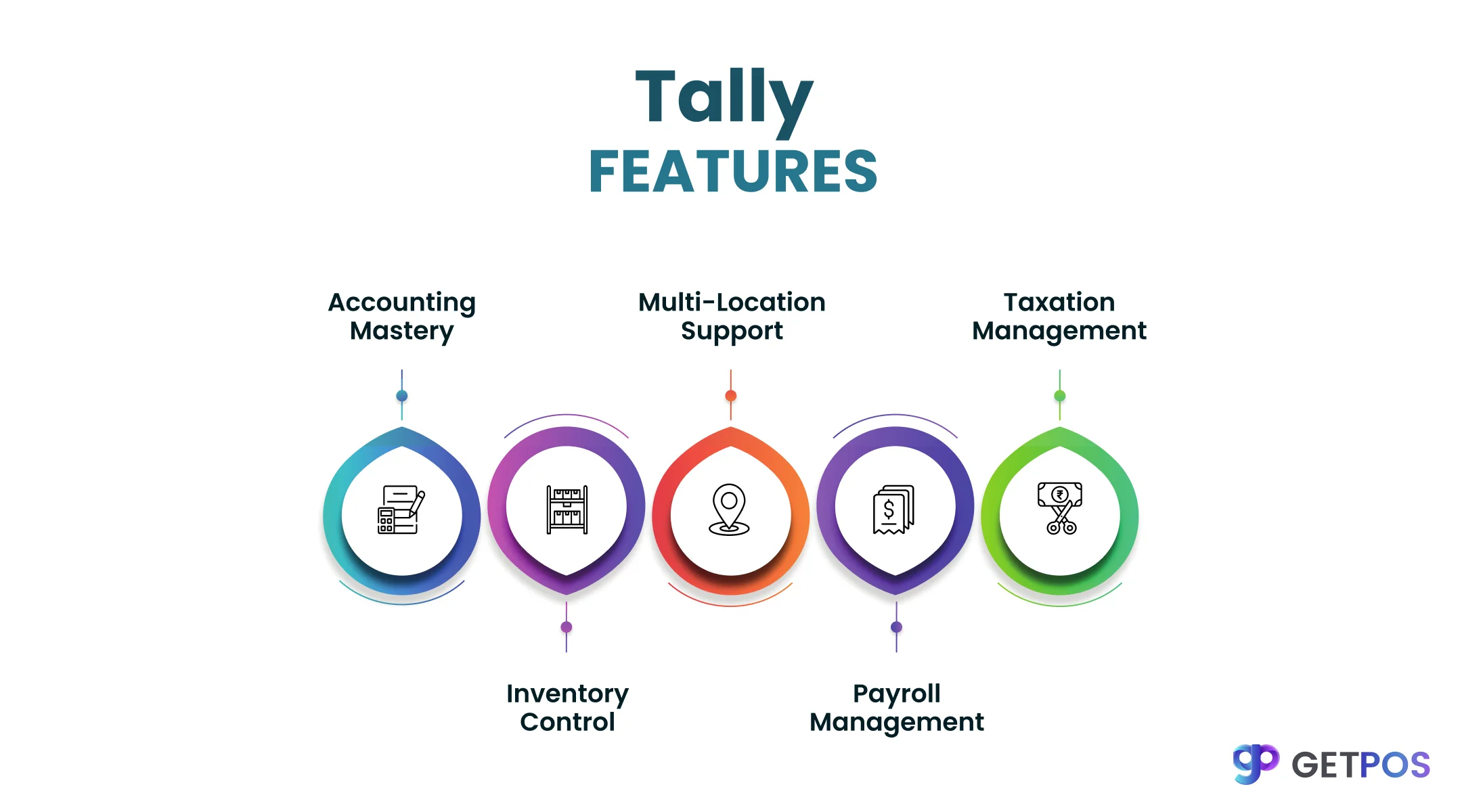
Accounting Mastery: Tally is renowned for its robust financial management tools. It allows businesses to manage general ledgers, financial statements, tax returns, and much more.
Inventory Control: While Tally is accounting-focused, its inventory management module still offers features like stock tracking, stock valuation, and reordering.
Multi-Location Support: Tally is highly scalable, providing features that support businesses with multiple locations or branches, including centralized accounting.
Payroll Management: The software offers a complete payroll module, handling salary calculations, bonuses, deductions, and tax filing for employees.
Taxation Management: Tally automates GST calculations and returns filing, ensuring your business is compliant with local tax regulations.
Key Features of Marg & Tally
MARG Features
User-Friendly Interface: MARG’s interface is designed specifically for retail businesses, with easy navigation and quick access to key operations such as billing, inventory management, and reports.
Automation: The system automates many retail processes, saving time and reducing human error, particularly in areas like stock updates and billing.
Real-Time Reporting: Get access to real-time sales, inventory, and financial reports, allowing business owners to make informed decisions quickly.
Tally Features
Accounting Expertise: Tally’s accounting tools are its primary strength, allowing businesses to manage detailed financial records and generate accurate financial statements.
Scalability: Whether you’re a small retailer or managing multiple stores, Tally can grow with your business needs, providing a scalable solution that accommodates growth.
Third-Party Integrations: Tally integrates with various third-party applications, extending its functionality and improving operational efficiency.
Tally vs. Marg: Key Differences You Must Notice
1. Primary Focus
MARG focuses primarily on retail POS system features such as sales tracking, inventory management, and order fulfillment, making it an ideal choice for retail businesses.
Tally, while capable of managing some retail functions, is centered around accounting and financial management. It excels in detailed financial reporting and compliance.
2. Pricing
MARG offers an affordable pricing model suited for small to mid-sized businesses that prioritize inventory management and retail-specific functionalities.
Tally can be more expensive, especially when you factor in its advanced modules for accounting, payroll, and tax management.
3. Ease of Use
MARG has a more intuitive interface for retail operations, allowing non-accounting users to manage retail processes effectively.
Tally is better suited for users with accounting knowledge, as it focuses heavily on financial management and may require more expertise to navigate.
4. Integration
MARG integrates well with retail-specific tools and eCommerce platforms, offering a holistic retail management solution.
Tally integrates seamlessly with financial and accounting tools, and can also connect with third-party systems for extended functionality.
Which One is Best for Your Retail Business?
If your business needs strong inventory management, billing, and retail POS system features, MARG is the better choice. It’s specifically designed to optimize retail operations.
If your primary concern is accounting and you need robust financial reporting, compliance, and scalability, Tally is the system for you. It’s ideal for businesses that require detailed financial insights and have complex accounting needs.
Conclusion
In the debate of MARG vs. Tally, both systems offer significant benefits. MARG excels in retail-specific functionalities, making it the best choice for inventory-heavy operations, while Tally stands out for its exceptional accounting and financial features. Consider your business size, operations, and priorities when choosing the right POS system for retail business.
Frequently Asked Questions
MARG is designed for retail businesses and focuses on inventory and sales management, while Tally is centered around accounting, with basic inventory management features.
MARG tends to be more cost-effective for small to mid-sized businesses looking for retail-focused solutions, while Tally may require a higher investment, especially for its advanced modules.
Both MARG and Tally are beneficial for industries such as retail, wholesale, and manufacturing. MARG is more suited for retail operations, while Tally excels in industries requiring detailed financial reporting.


